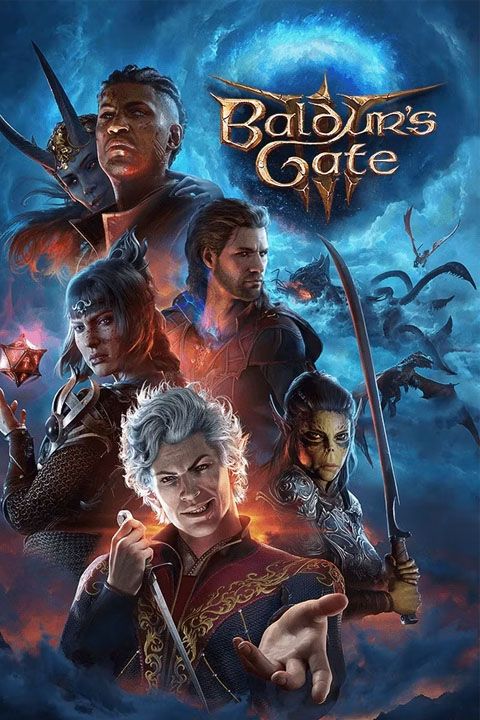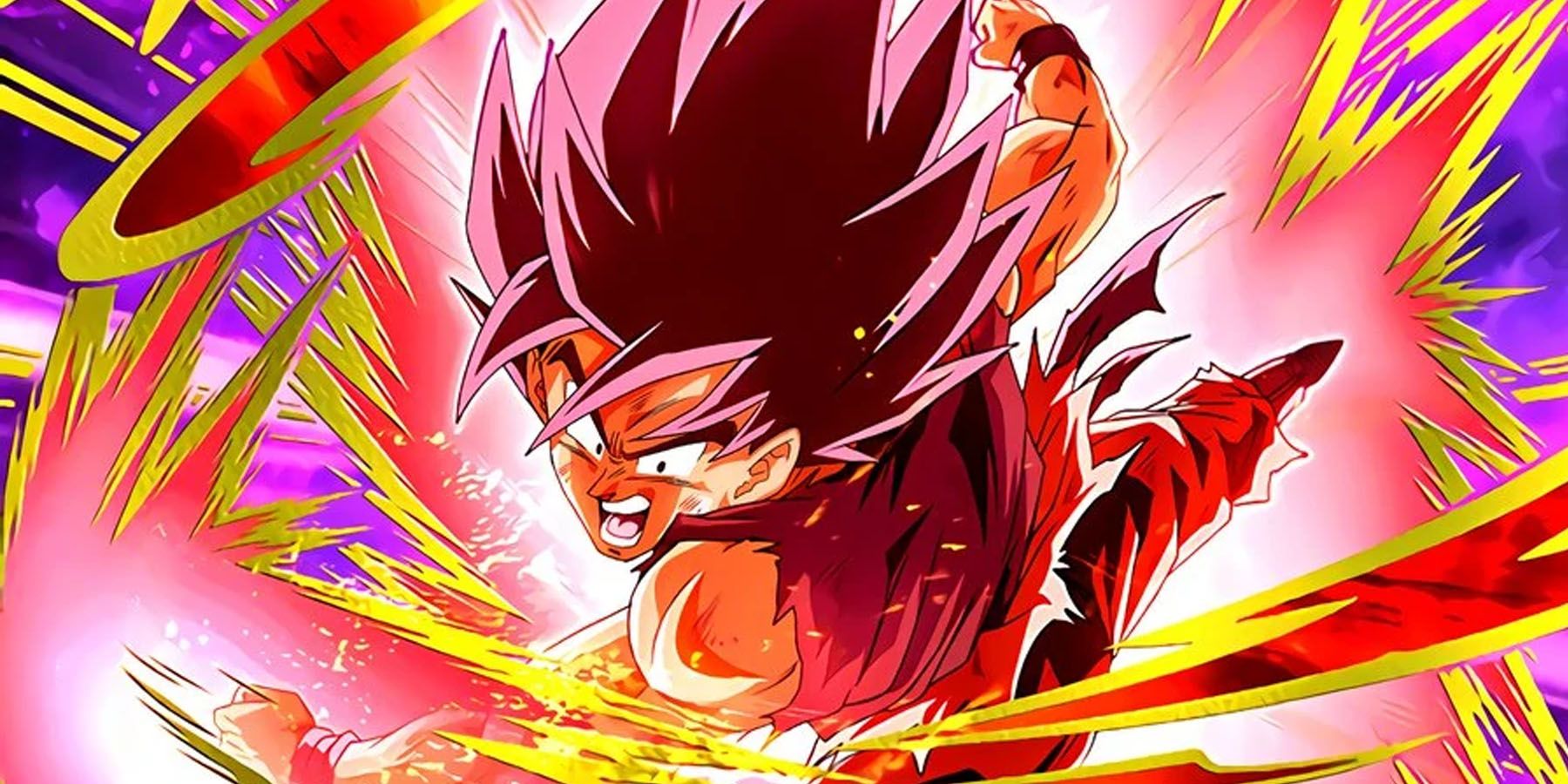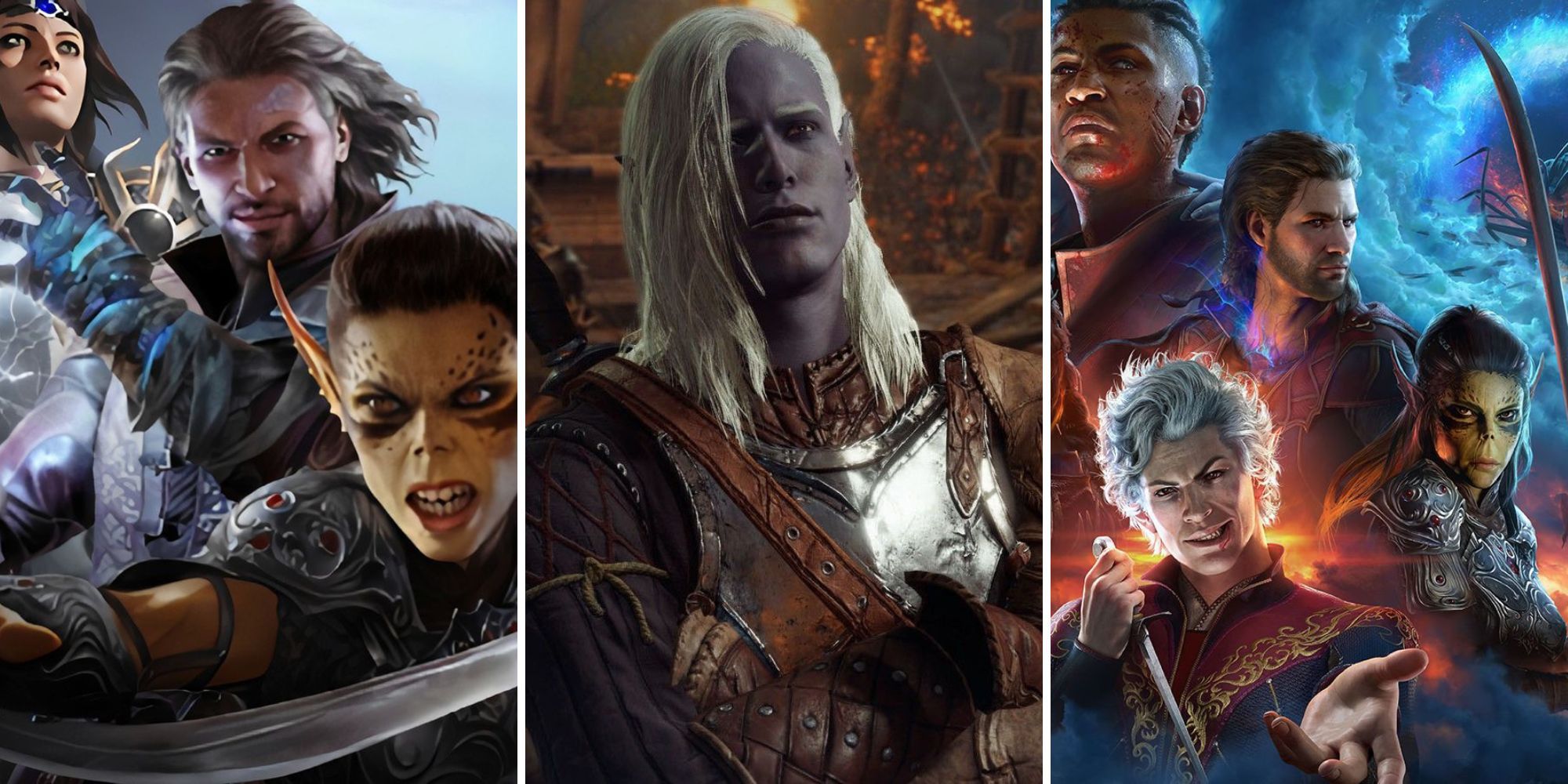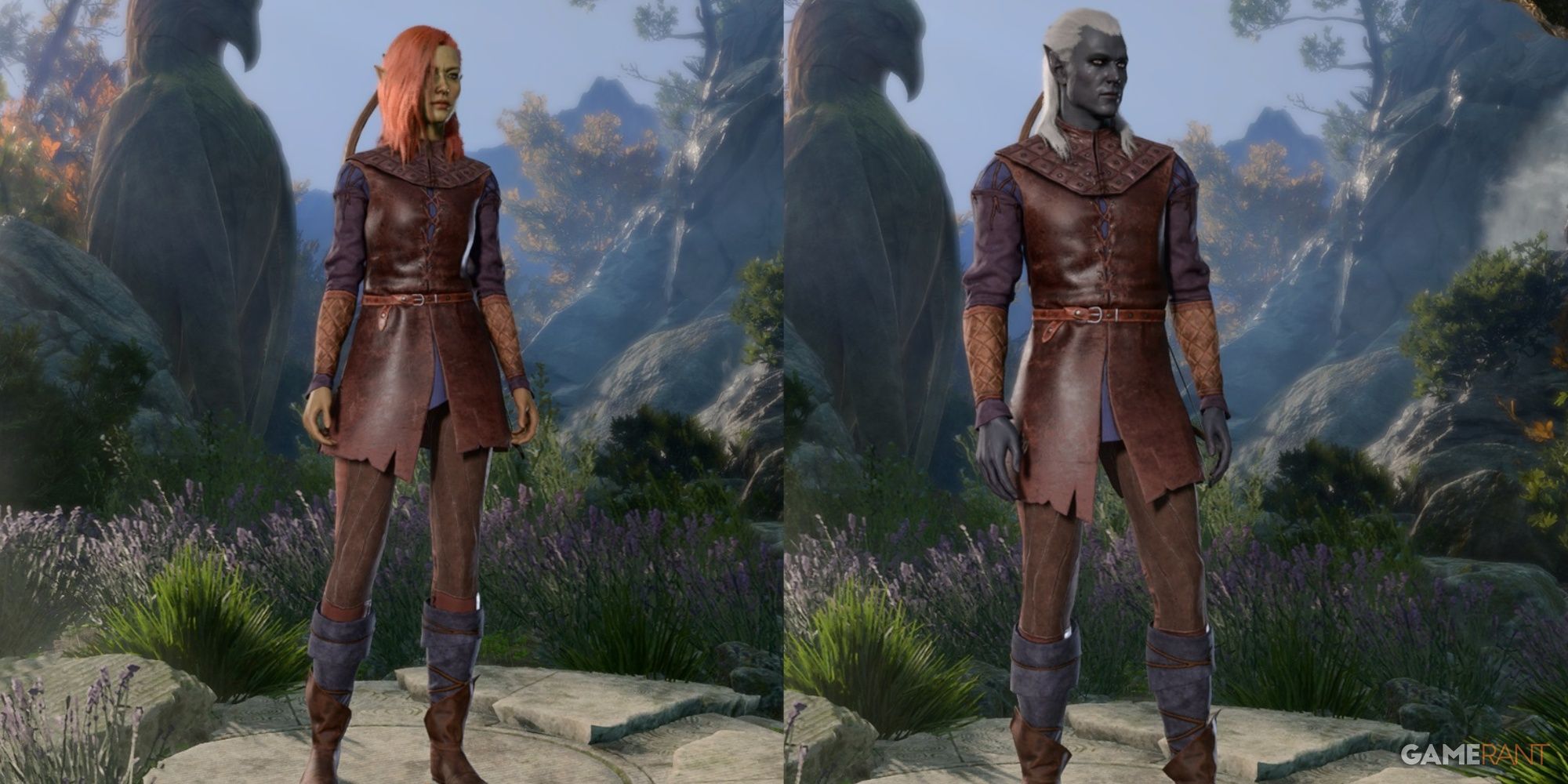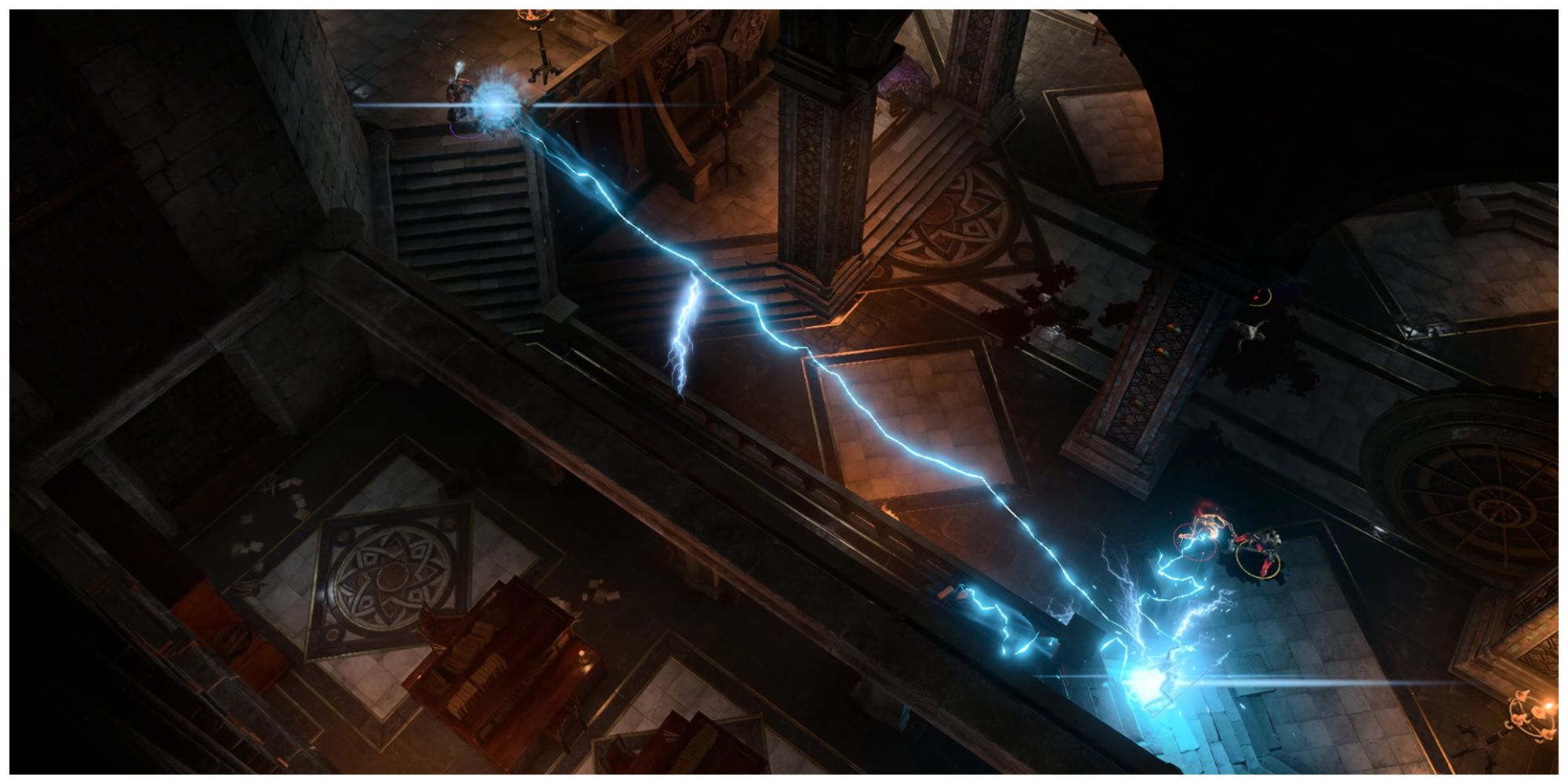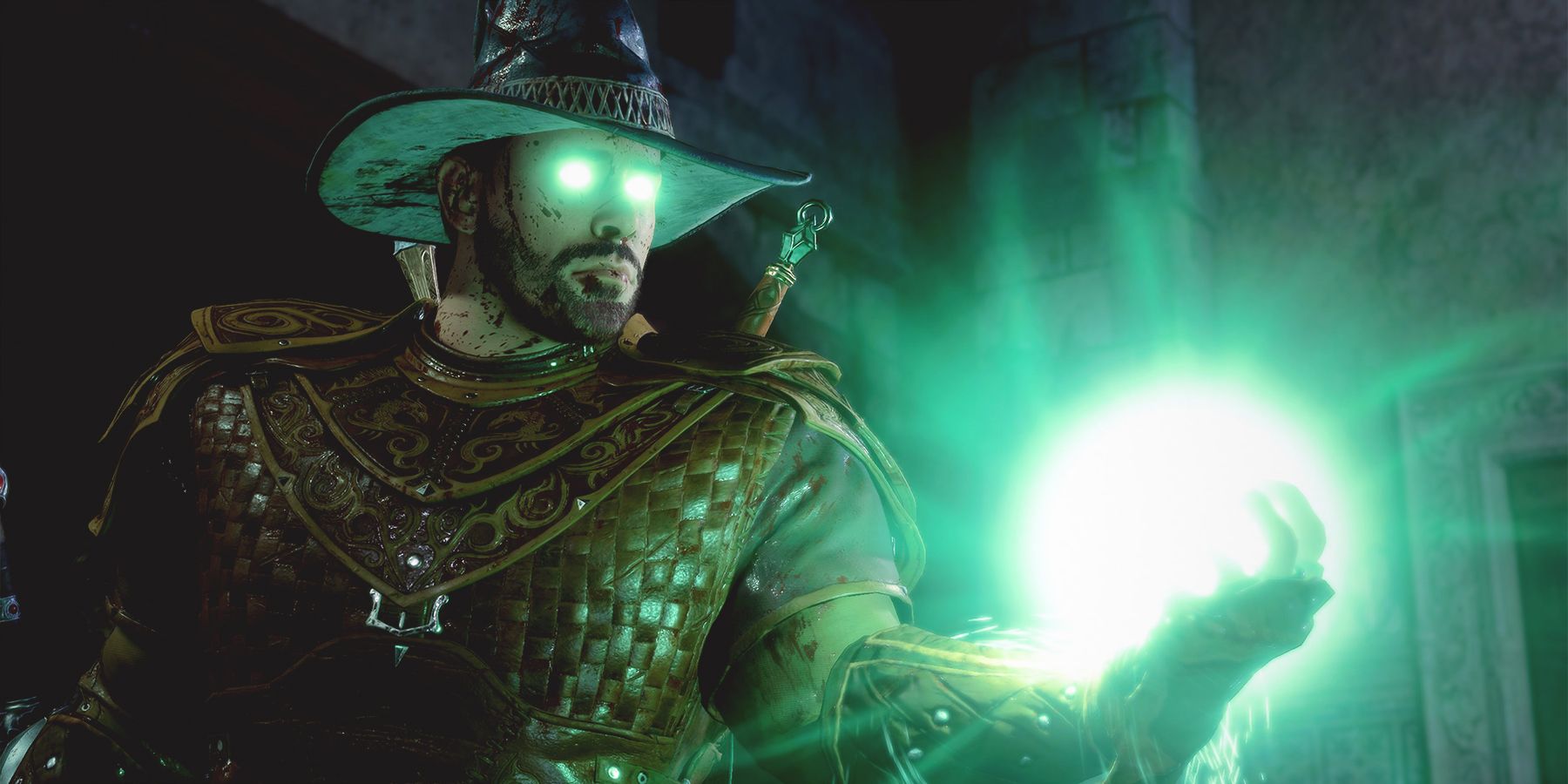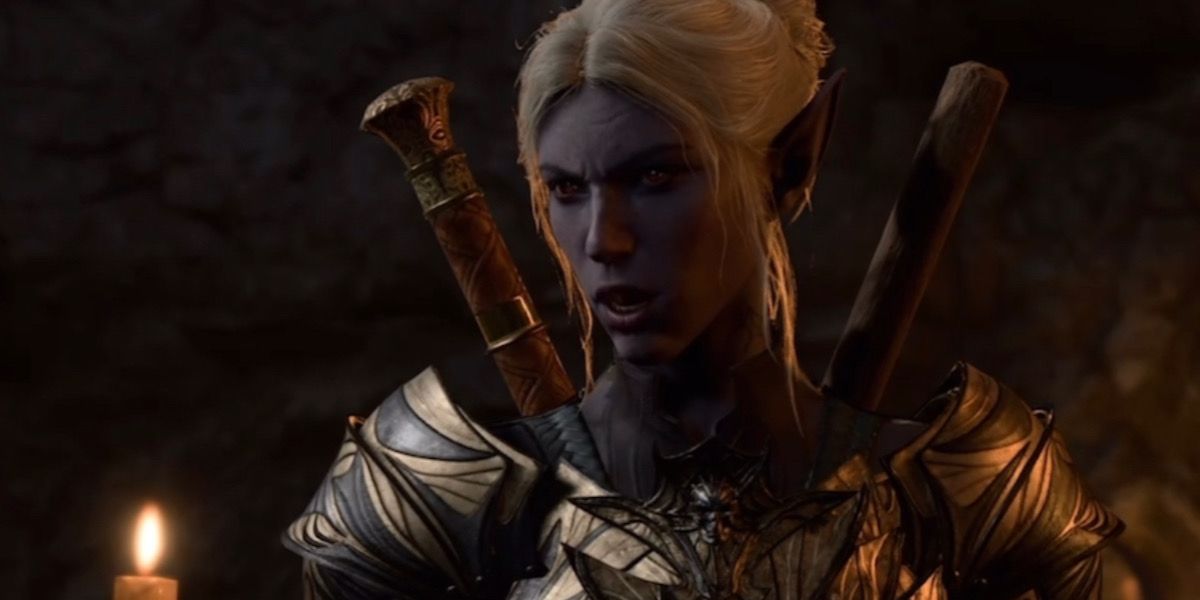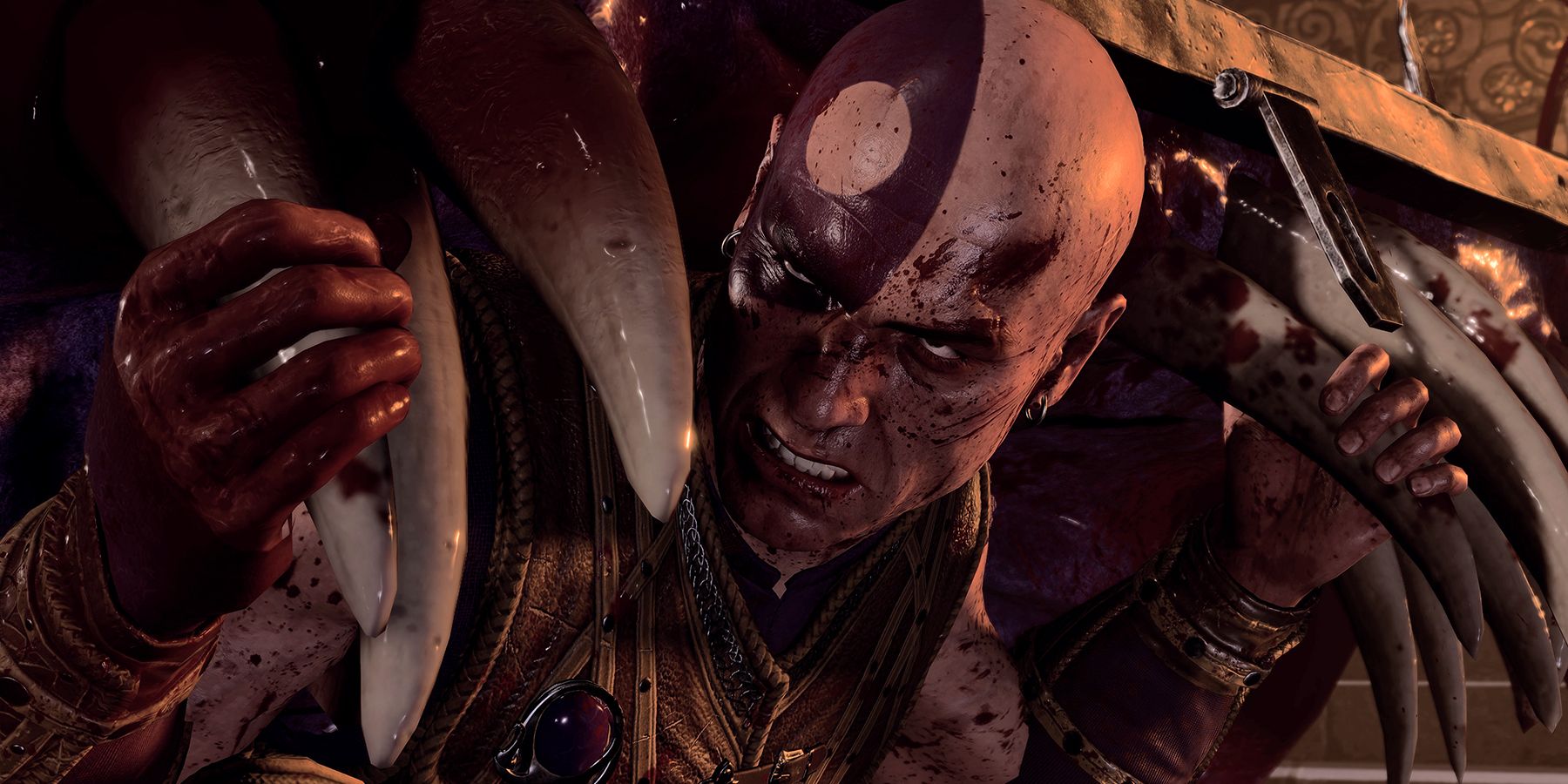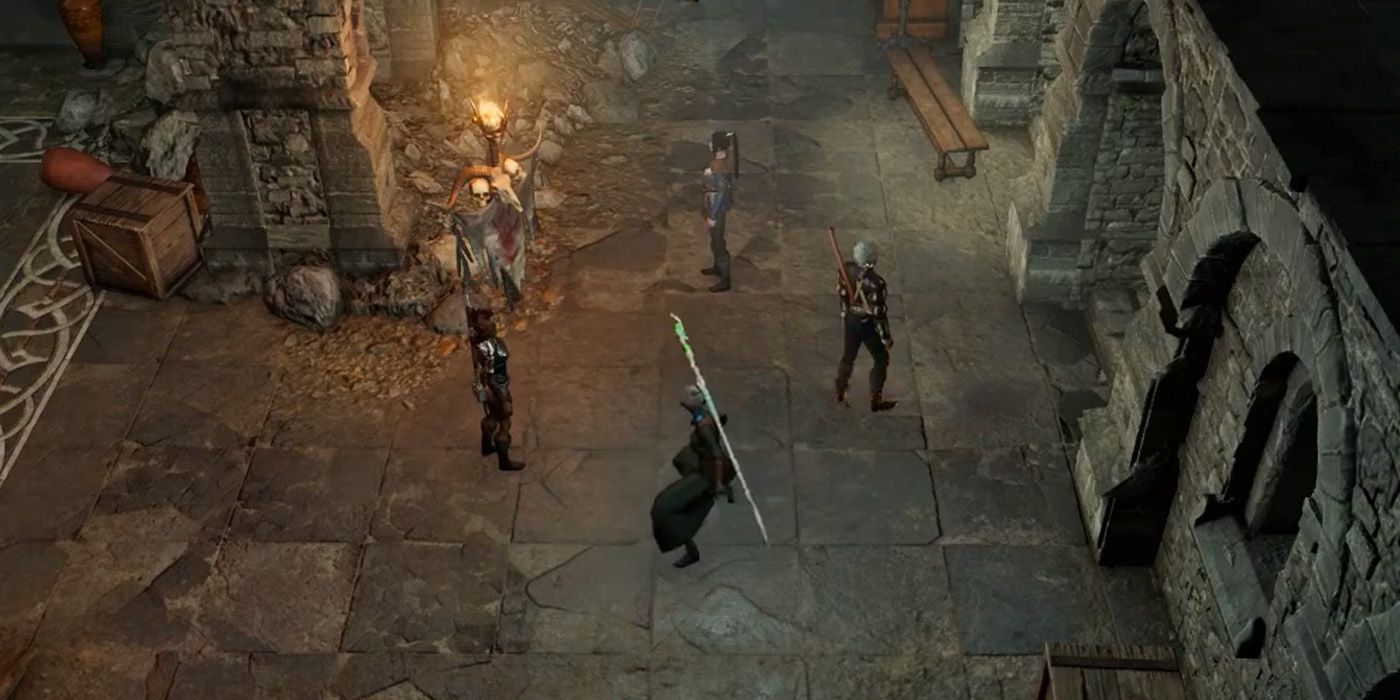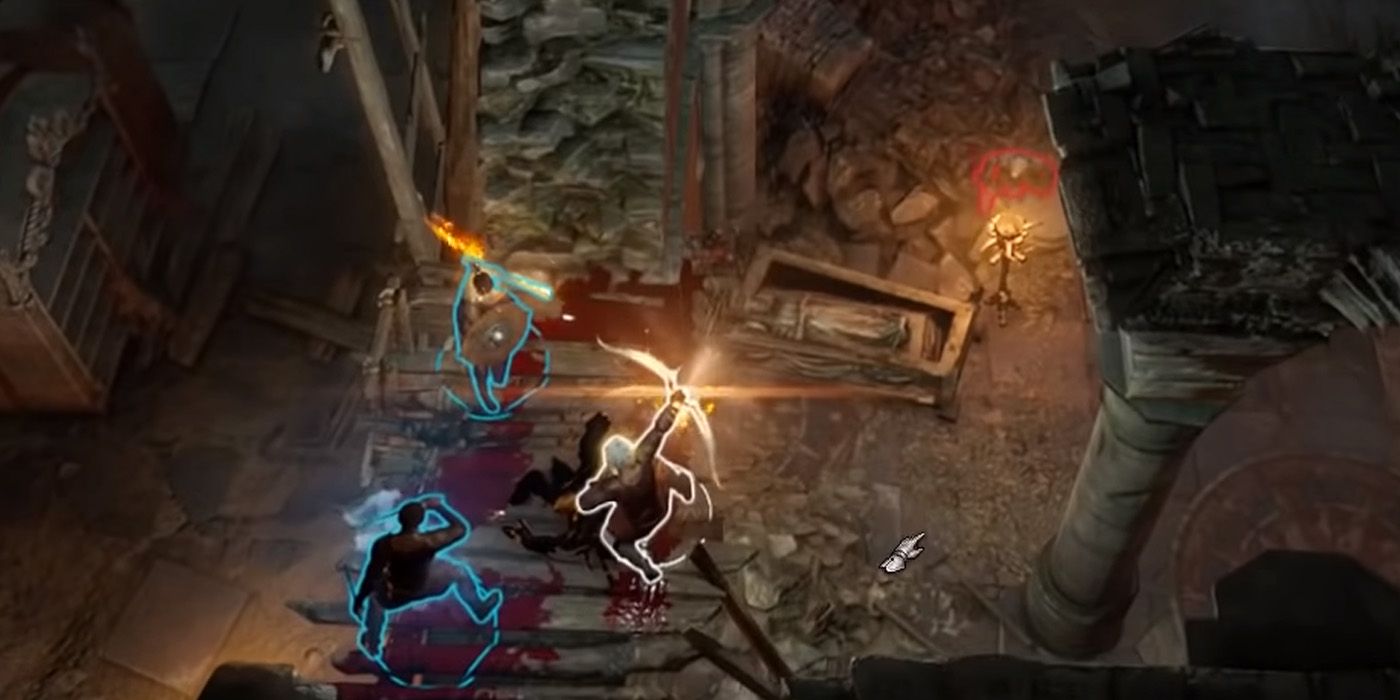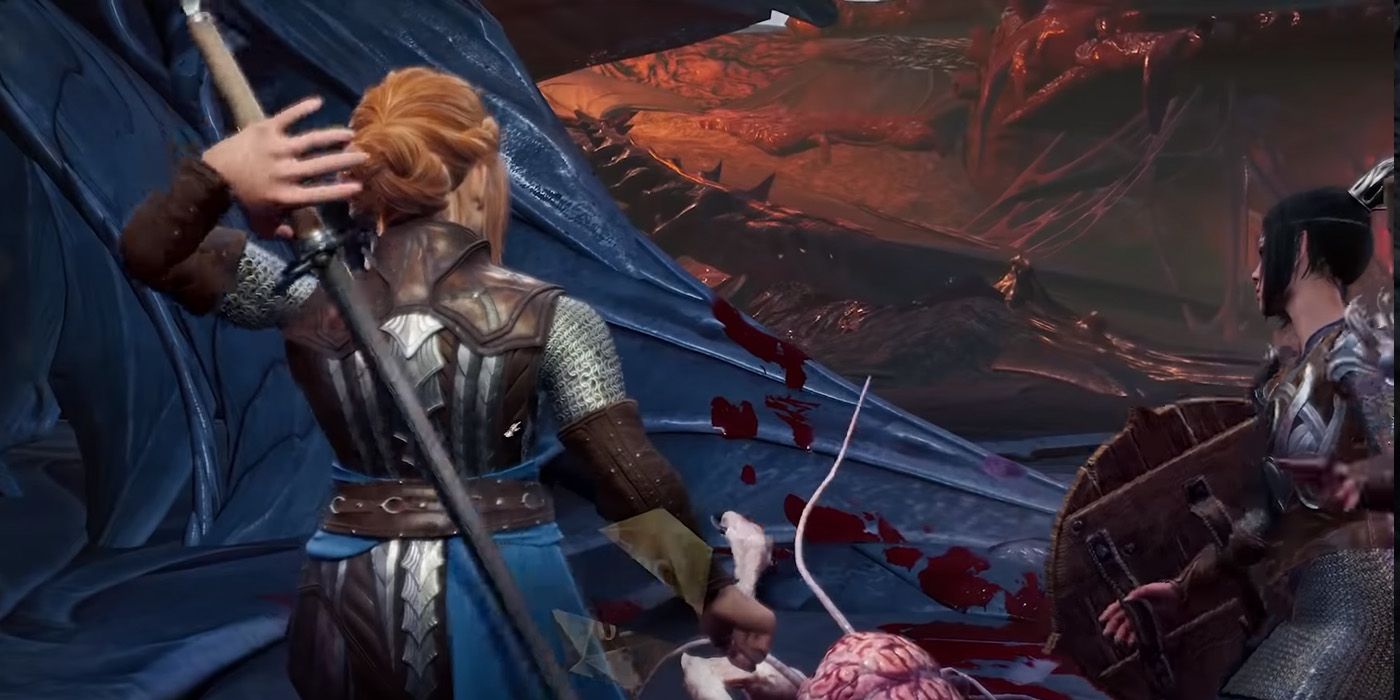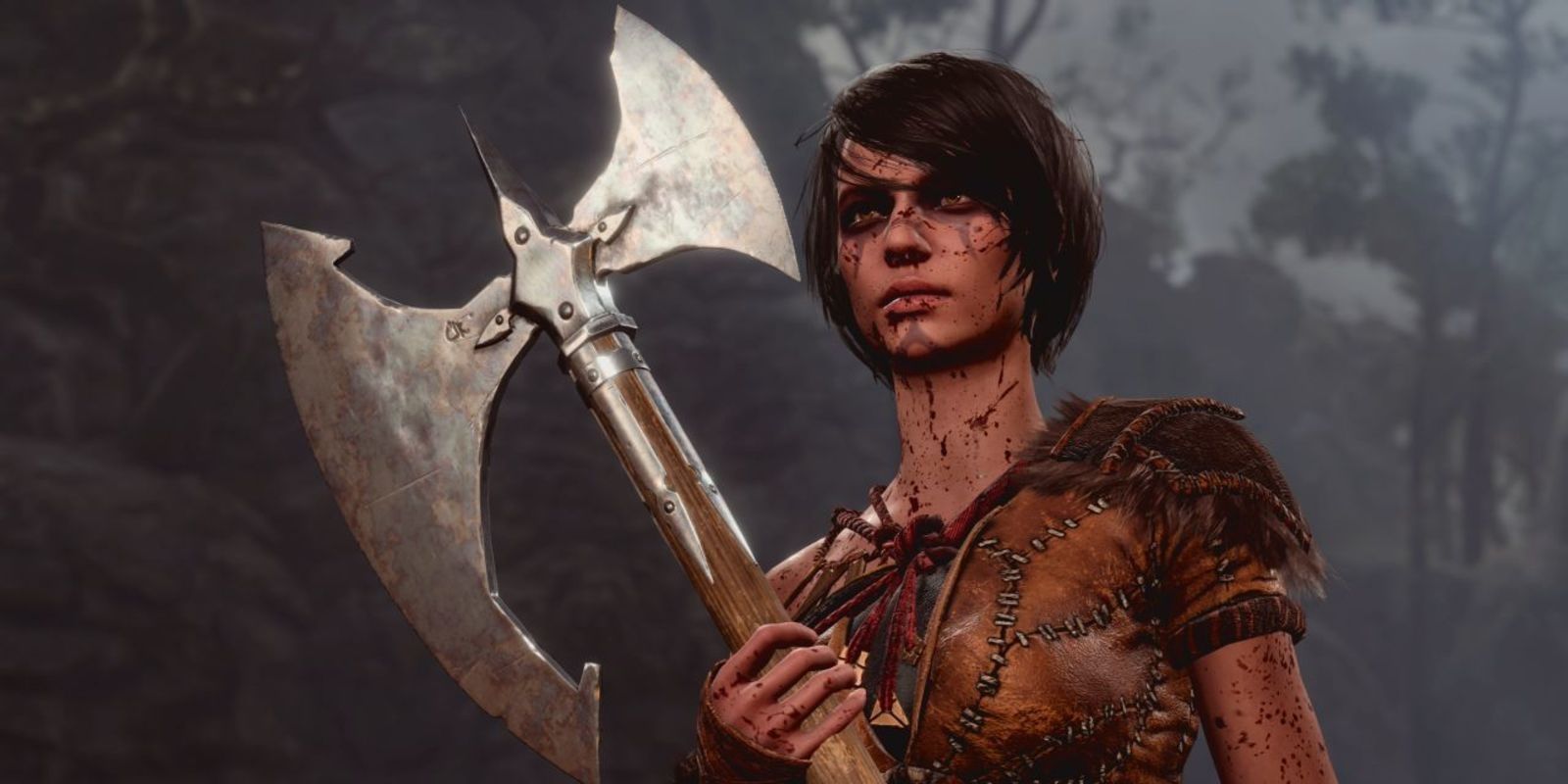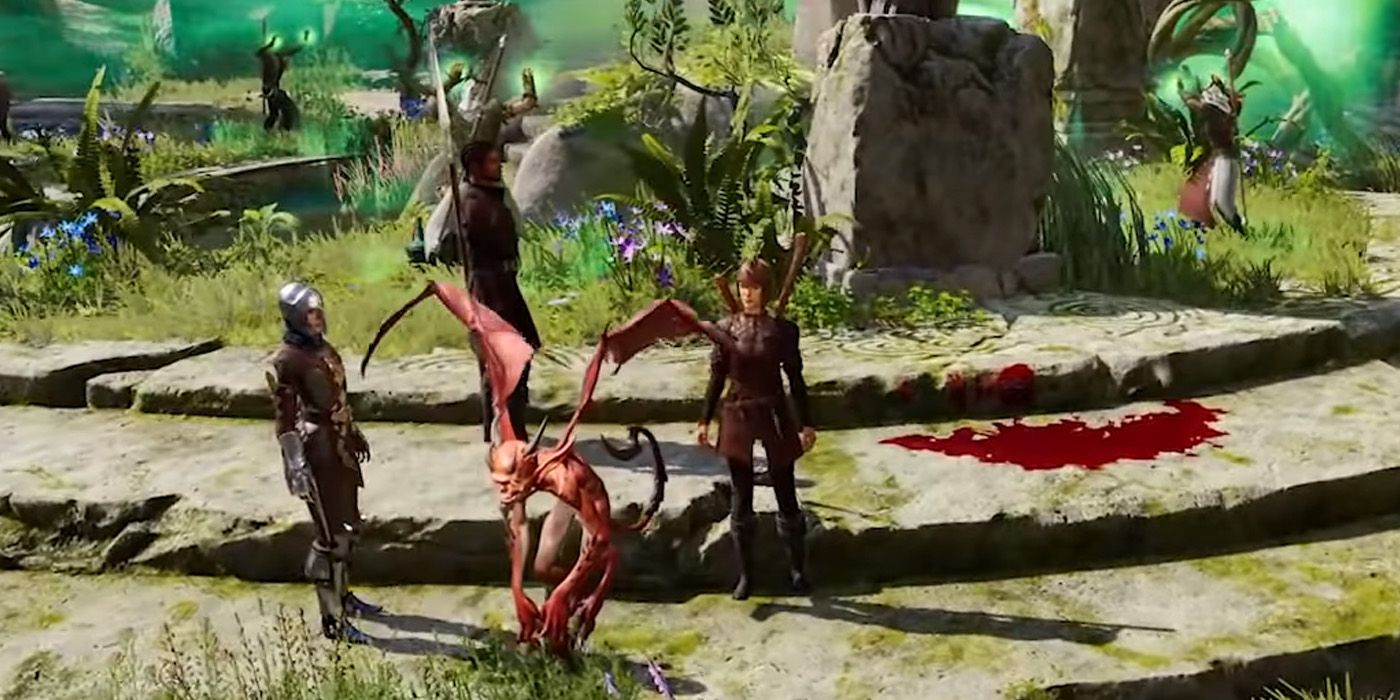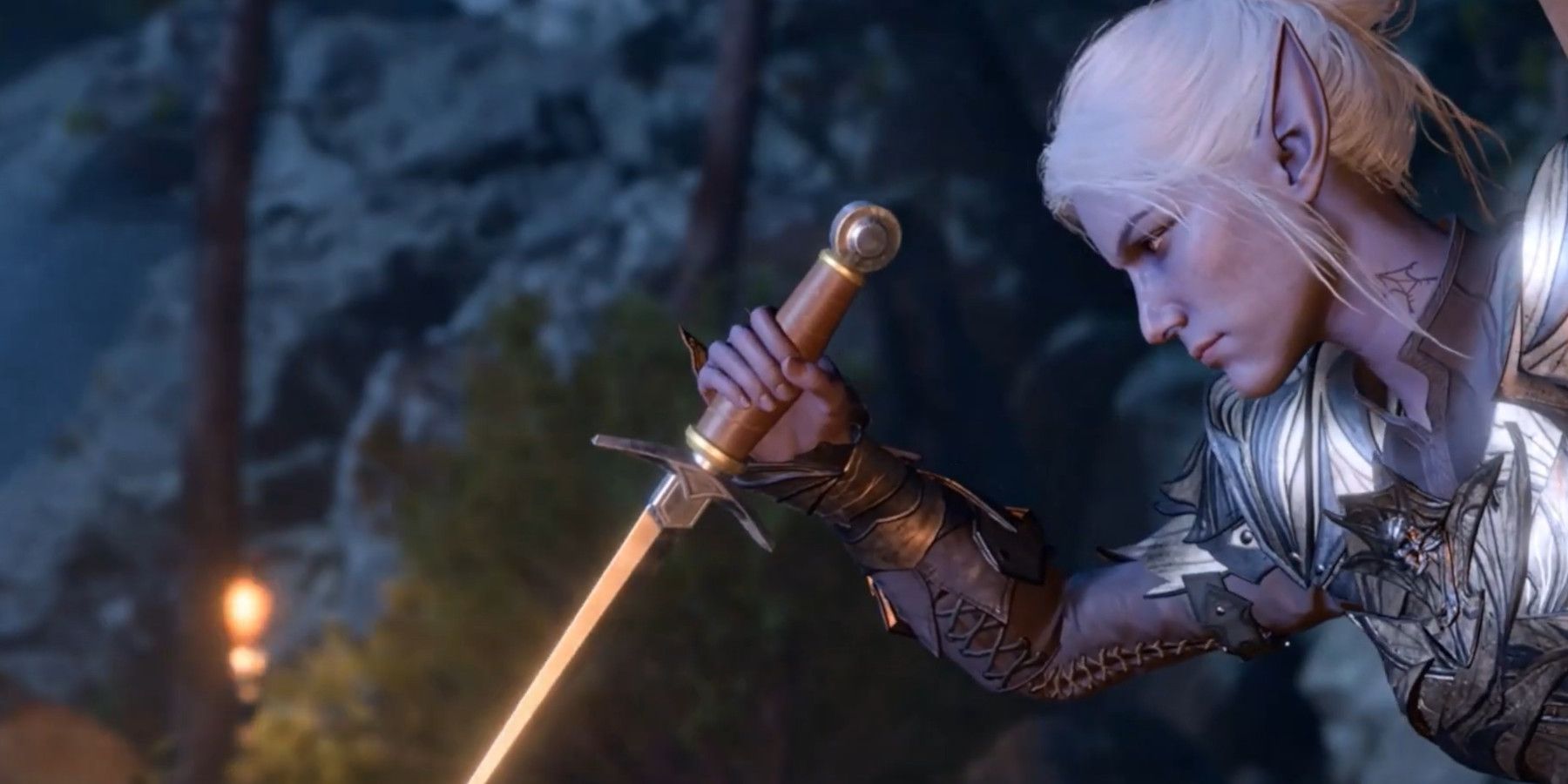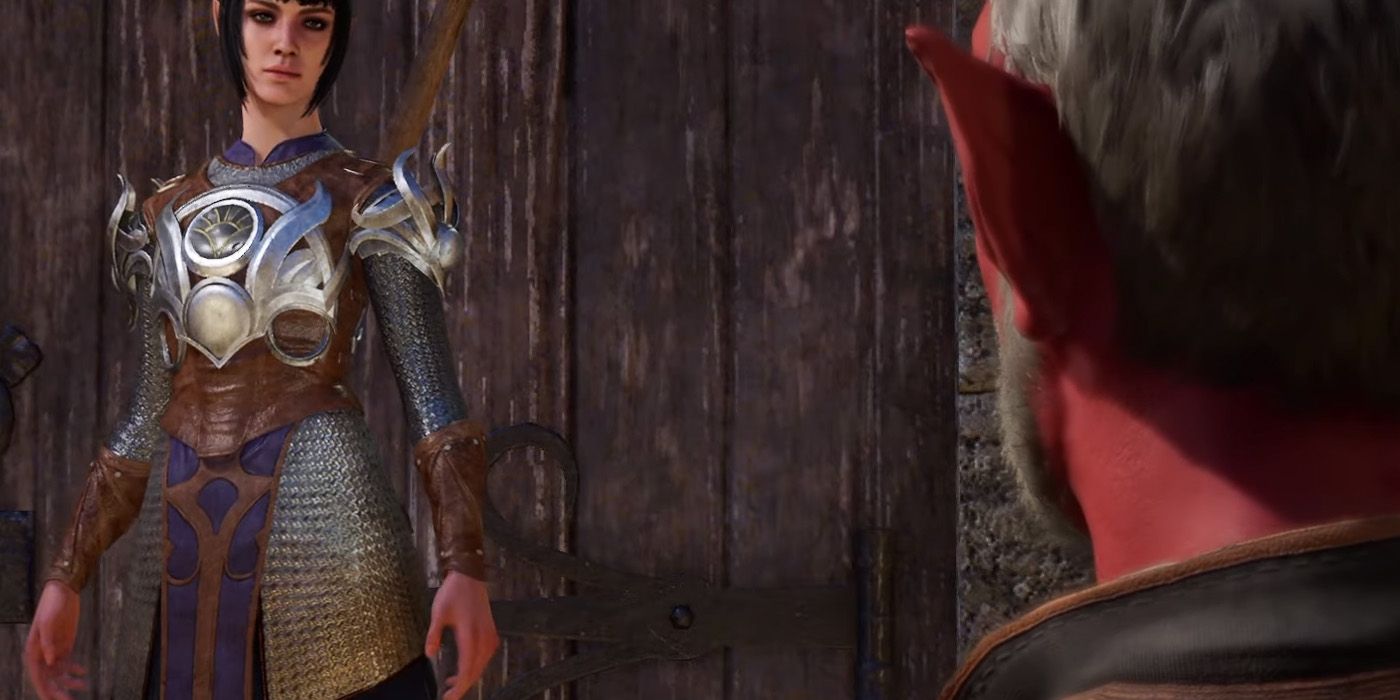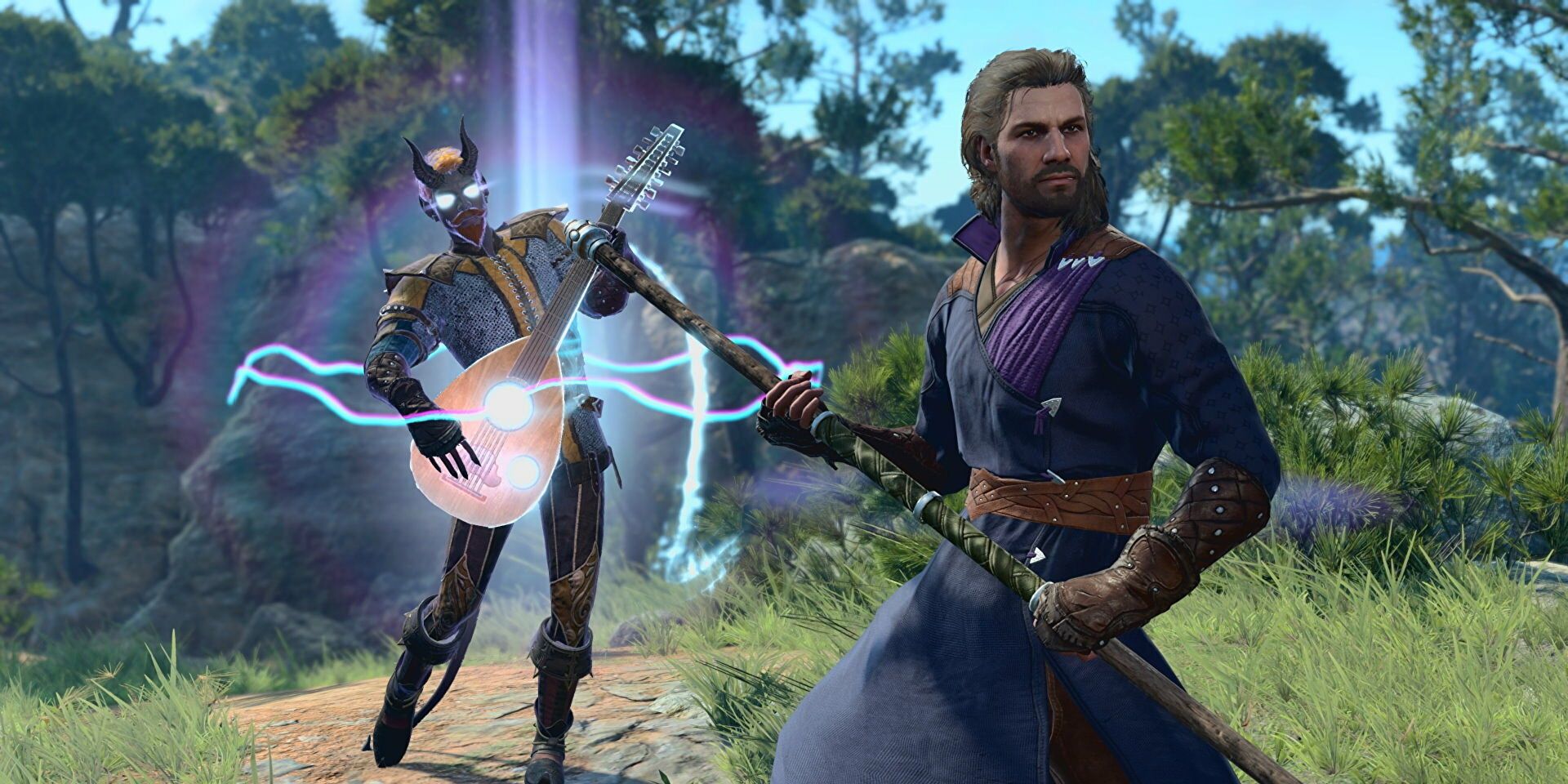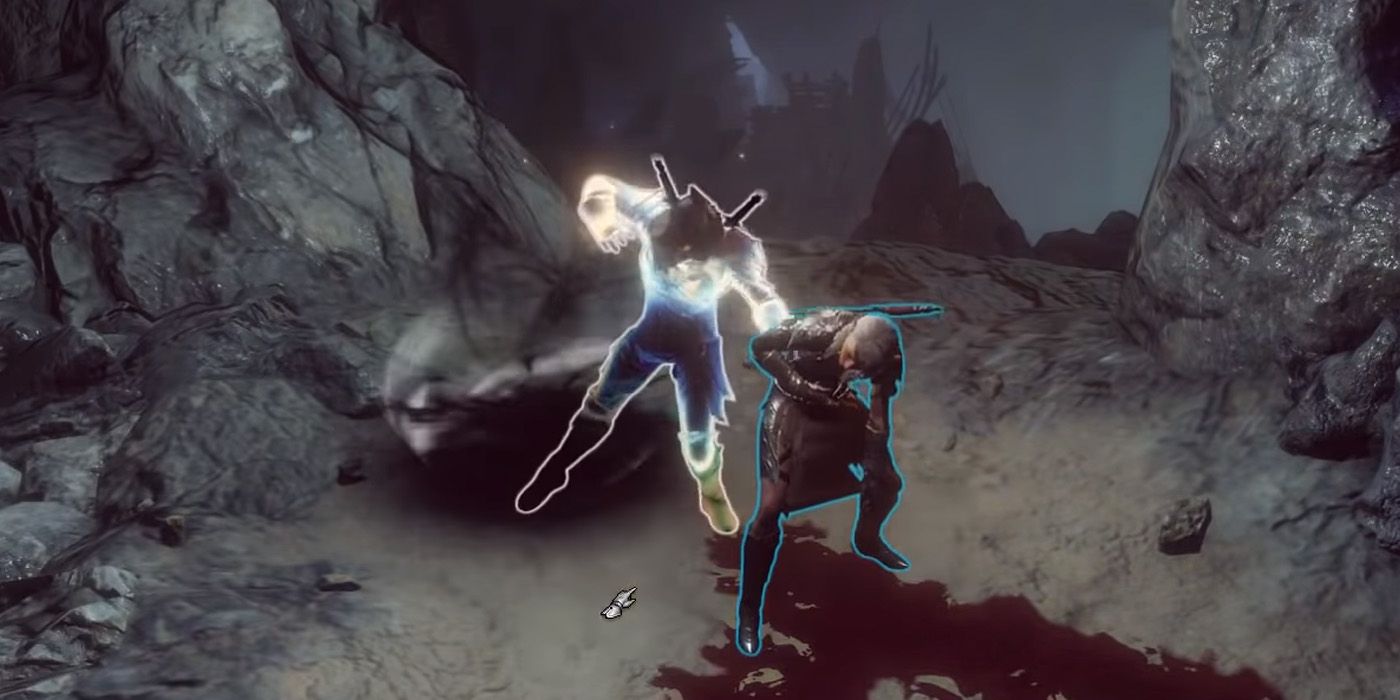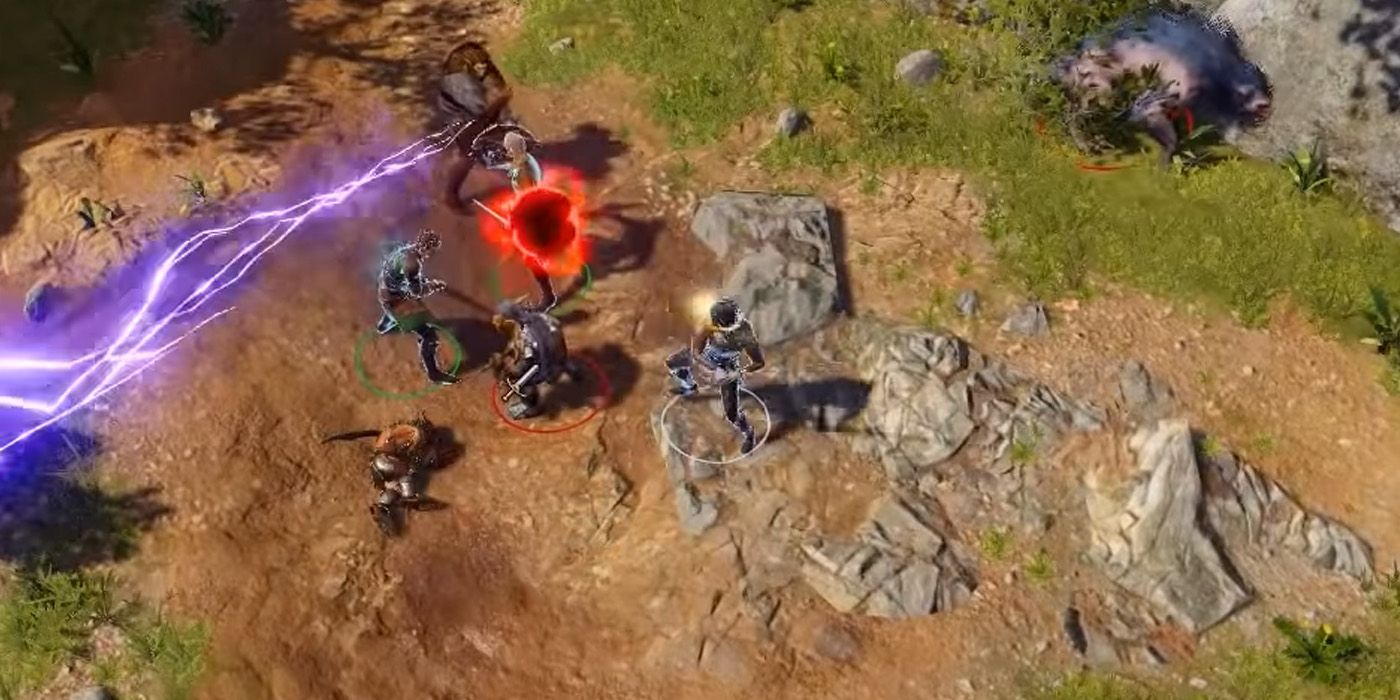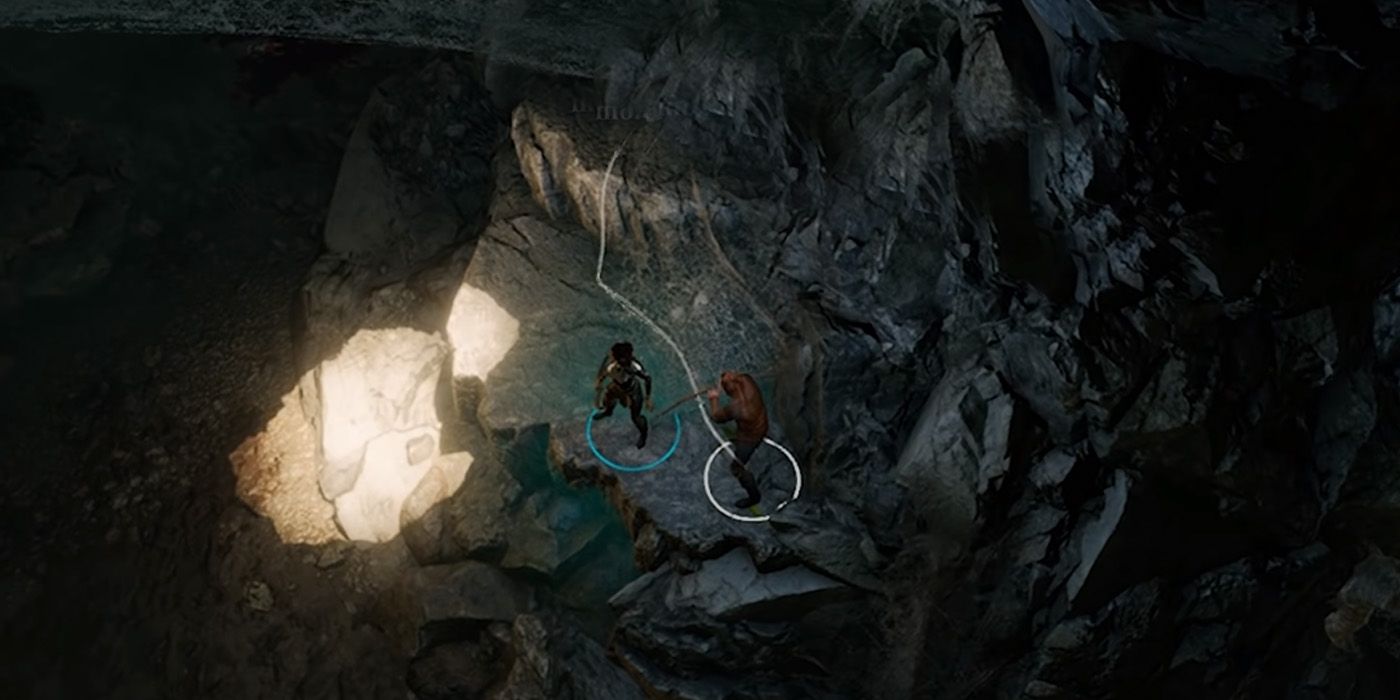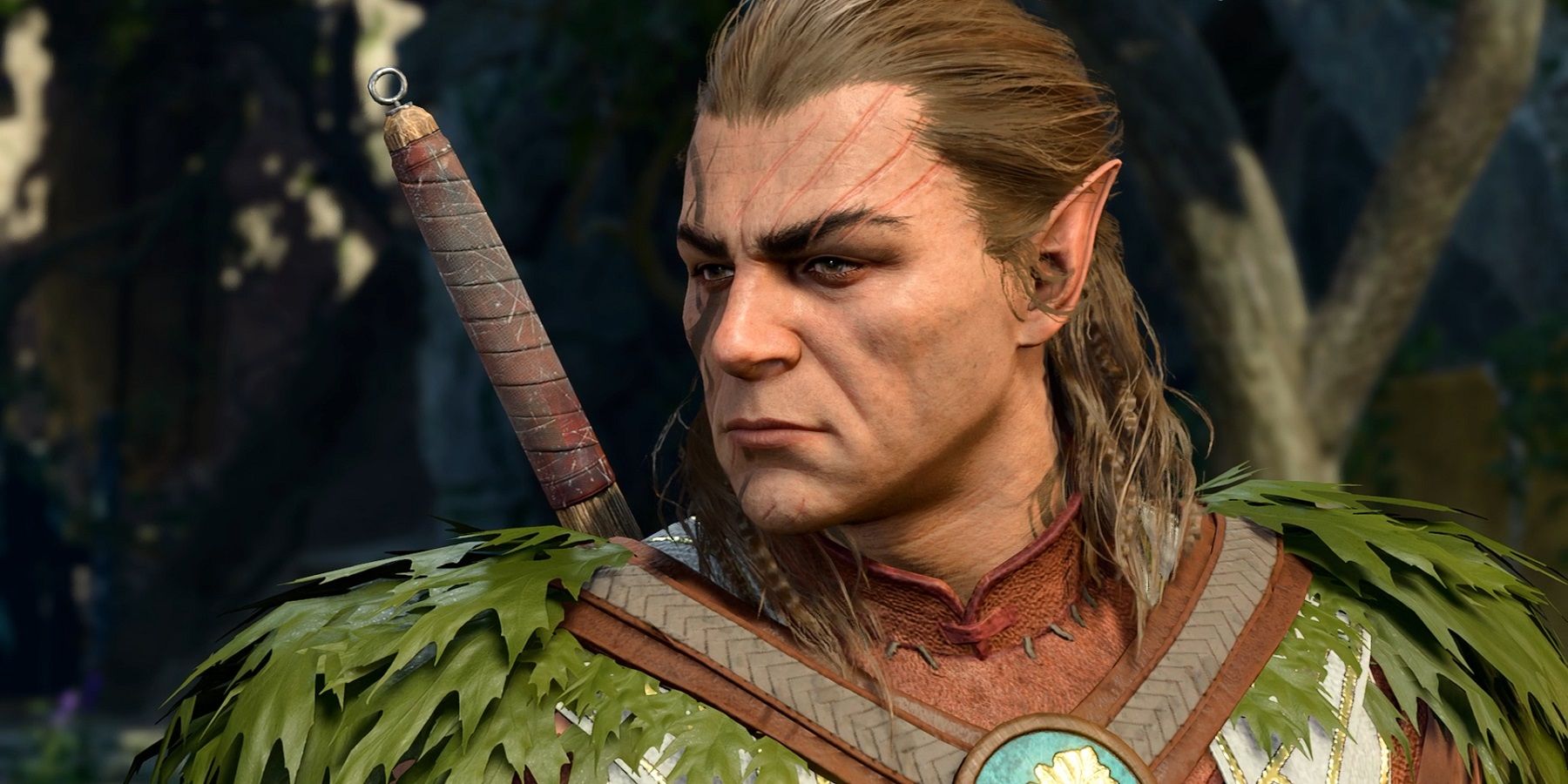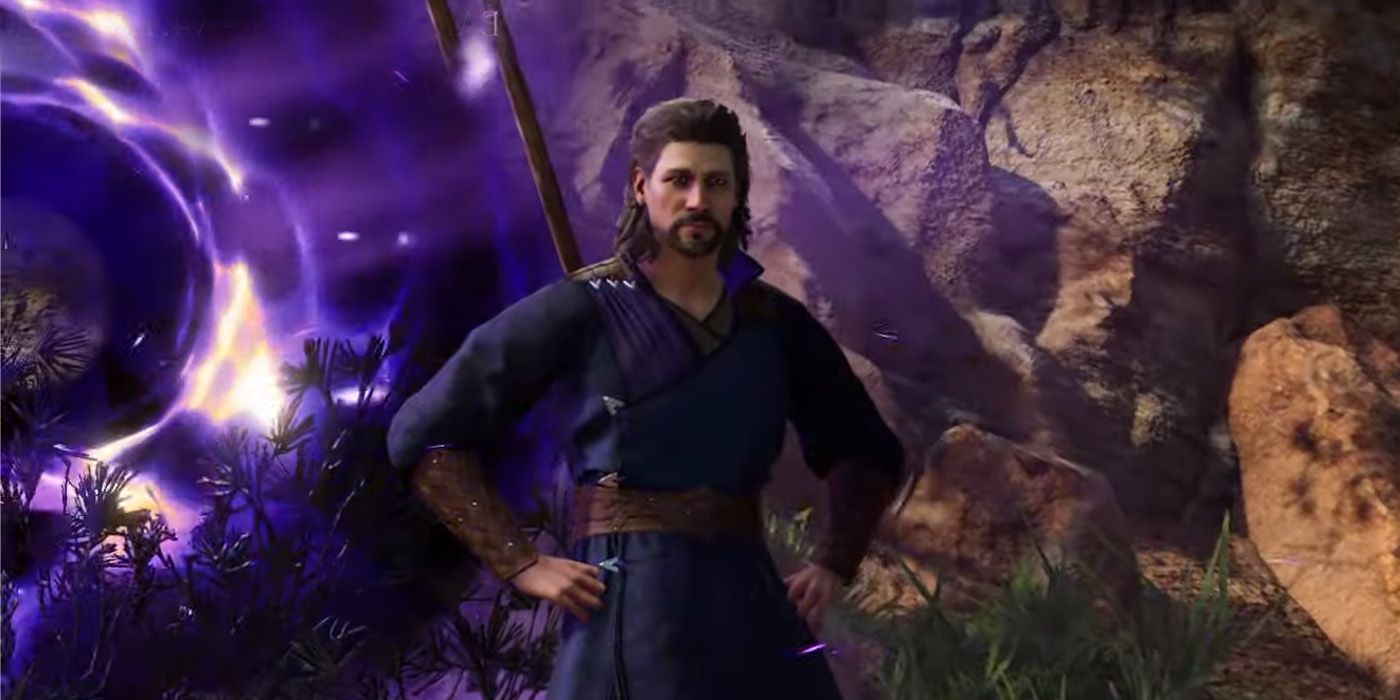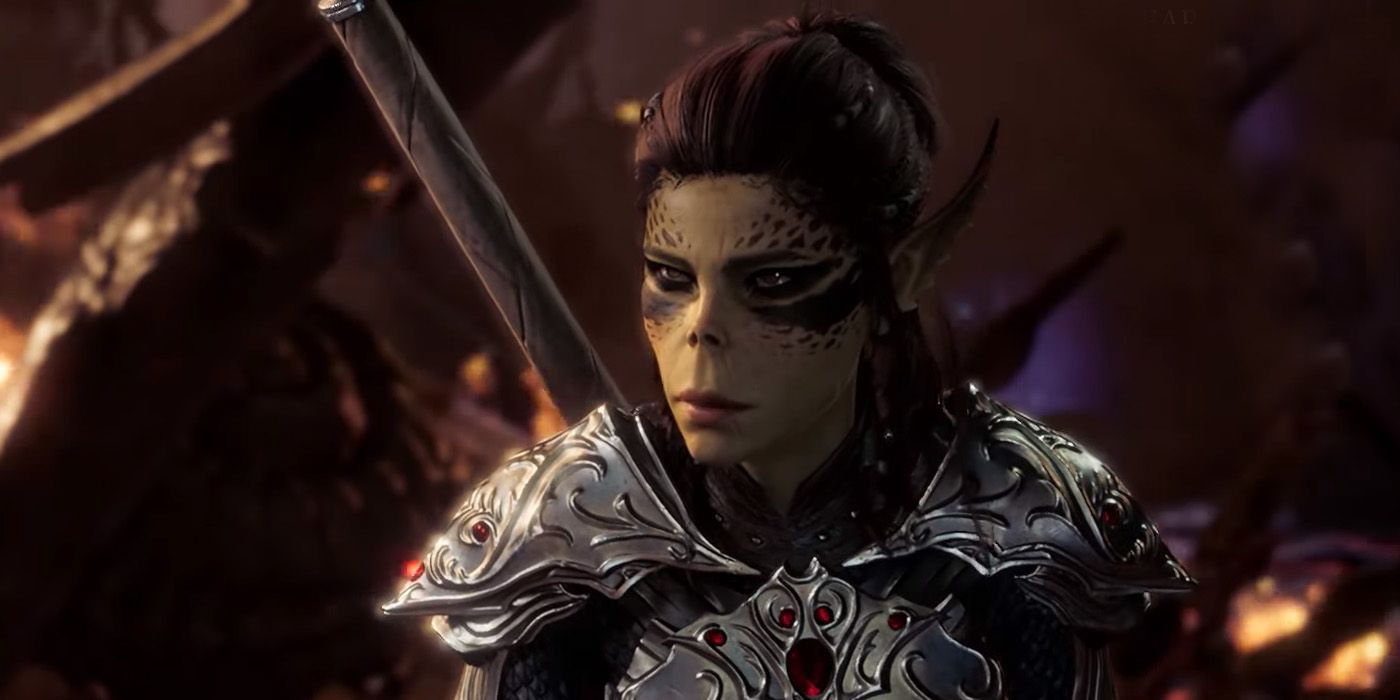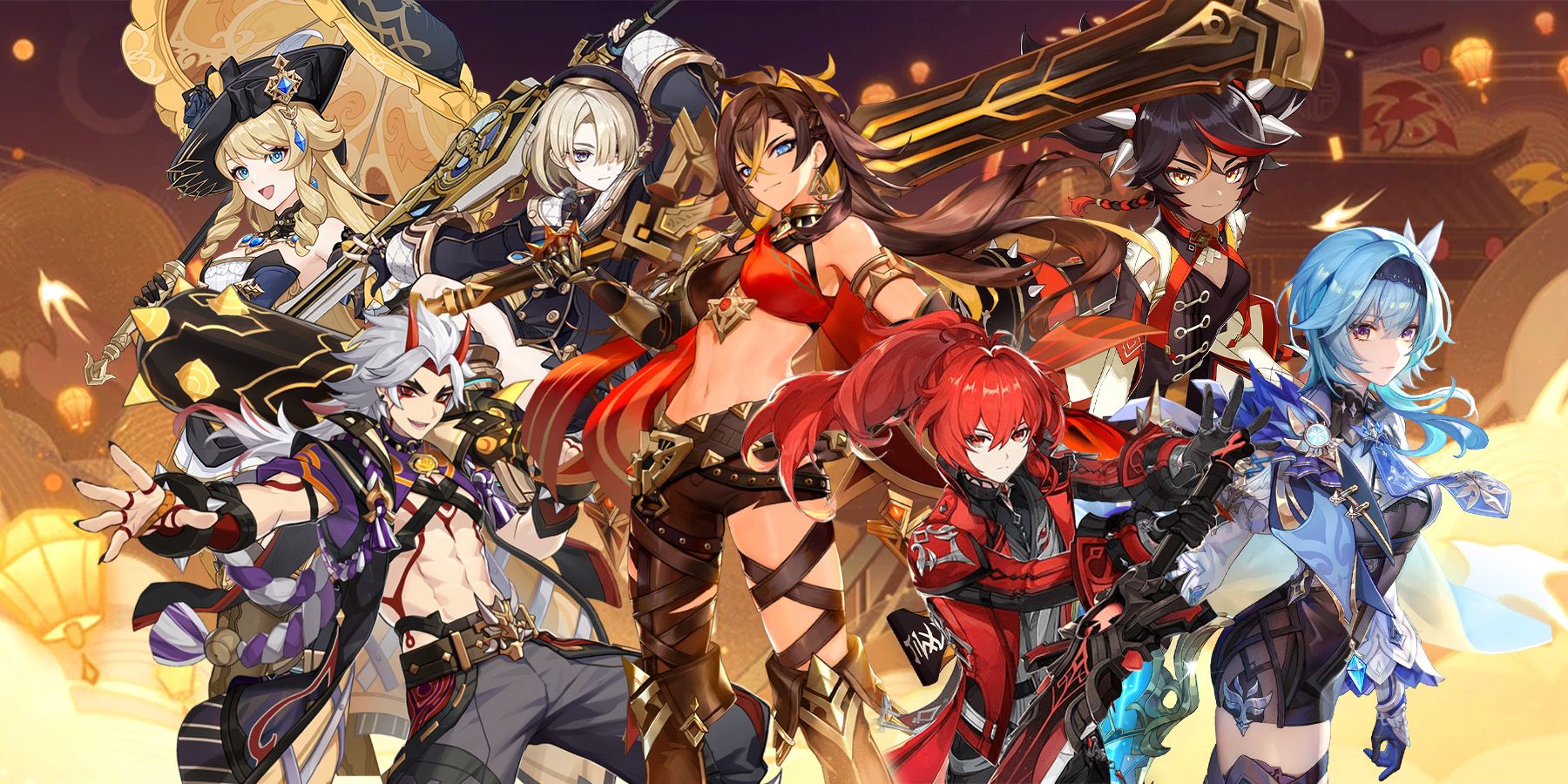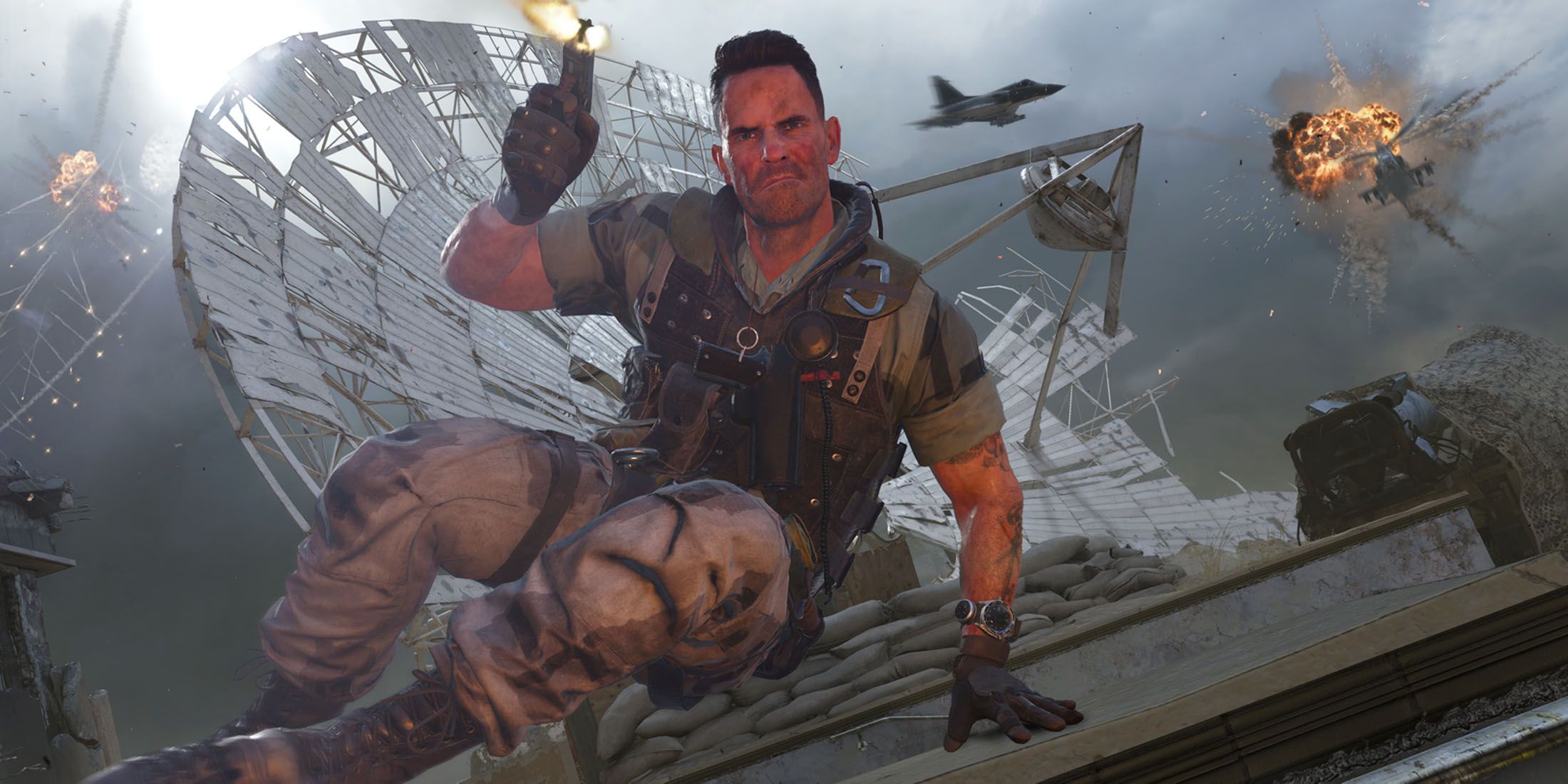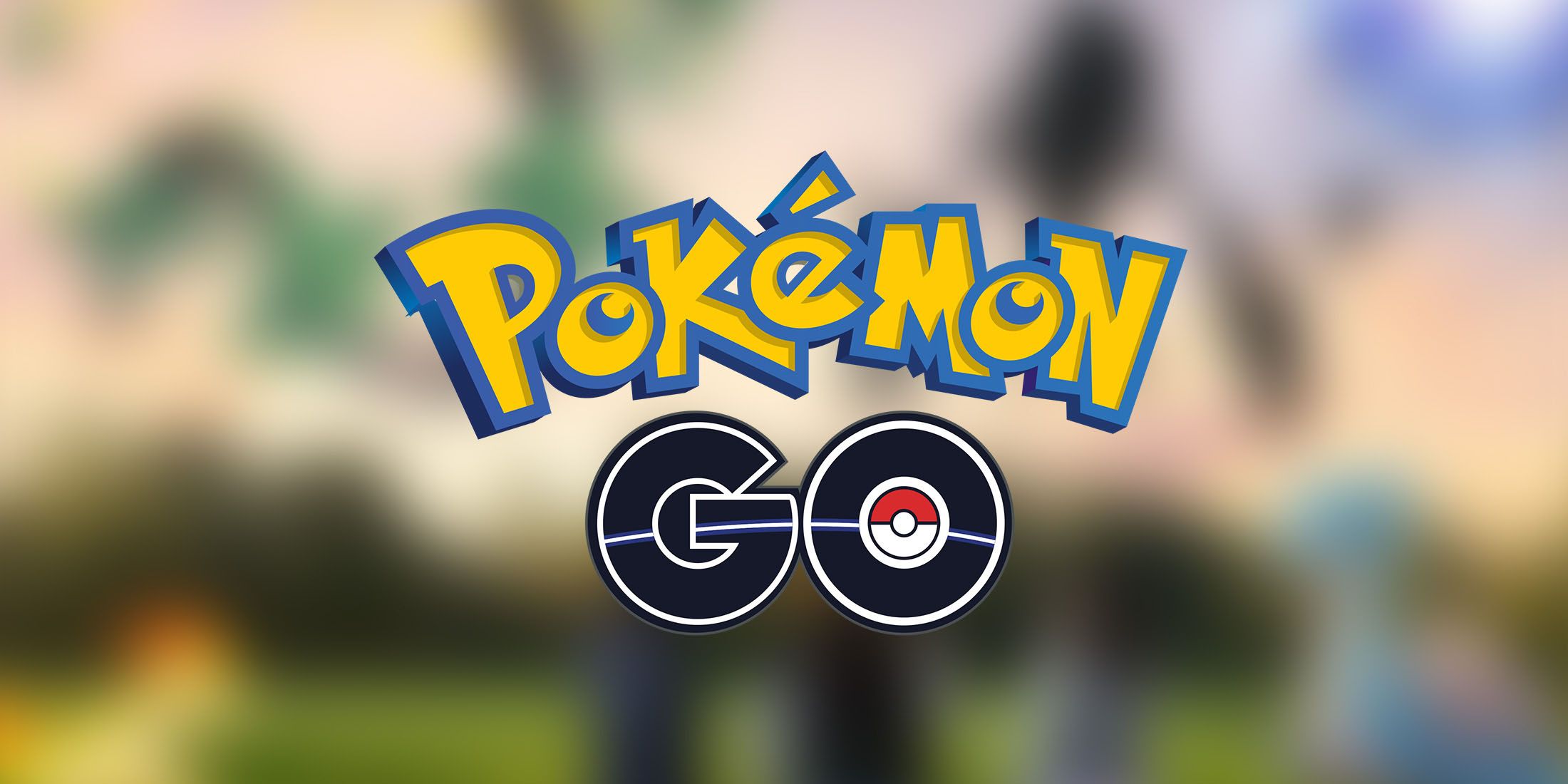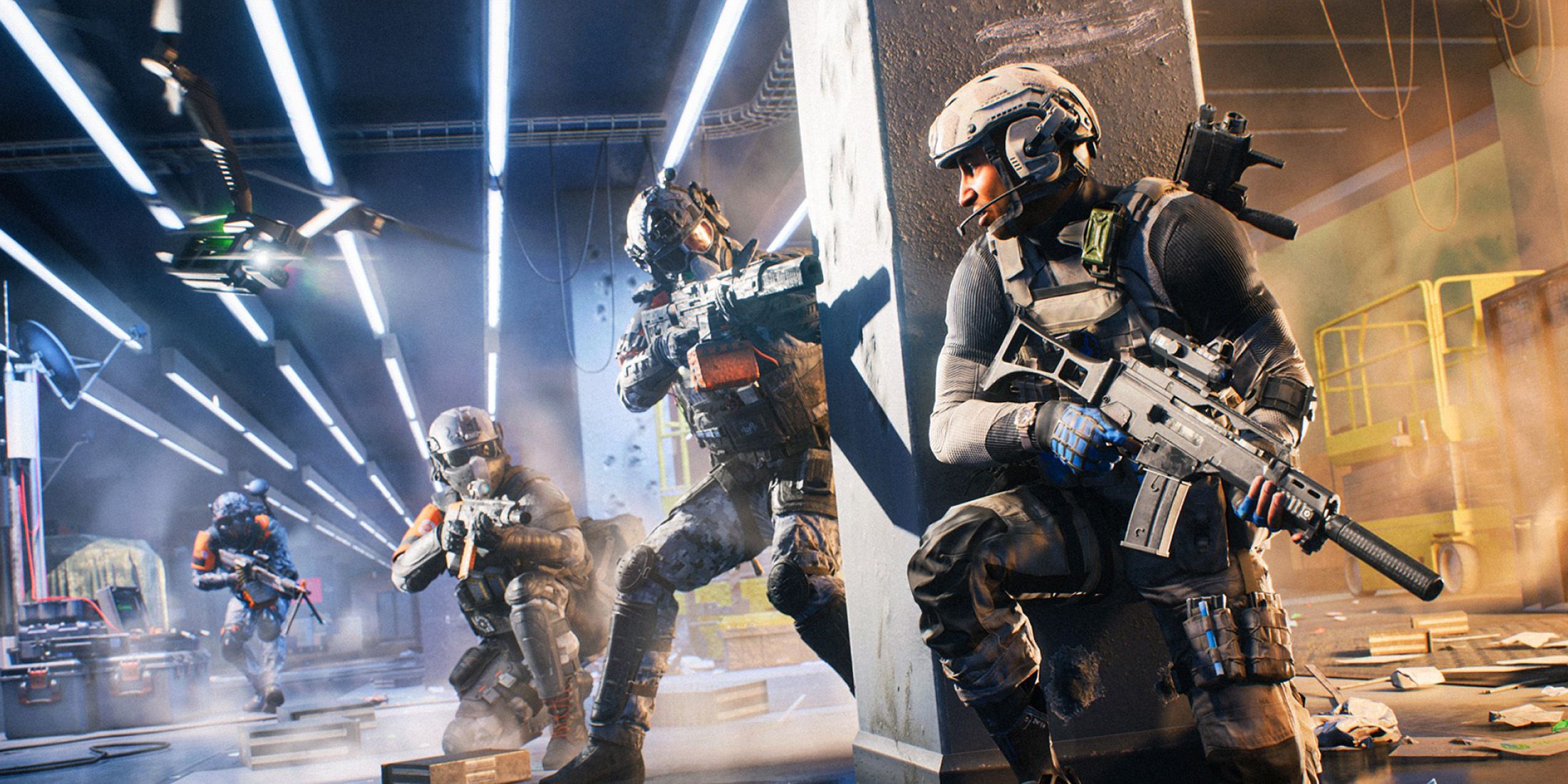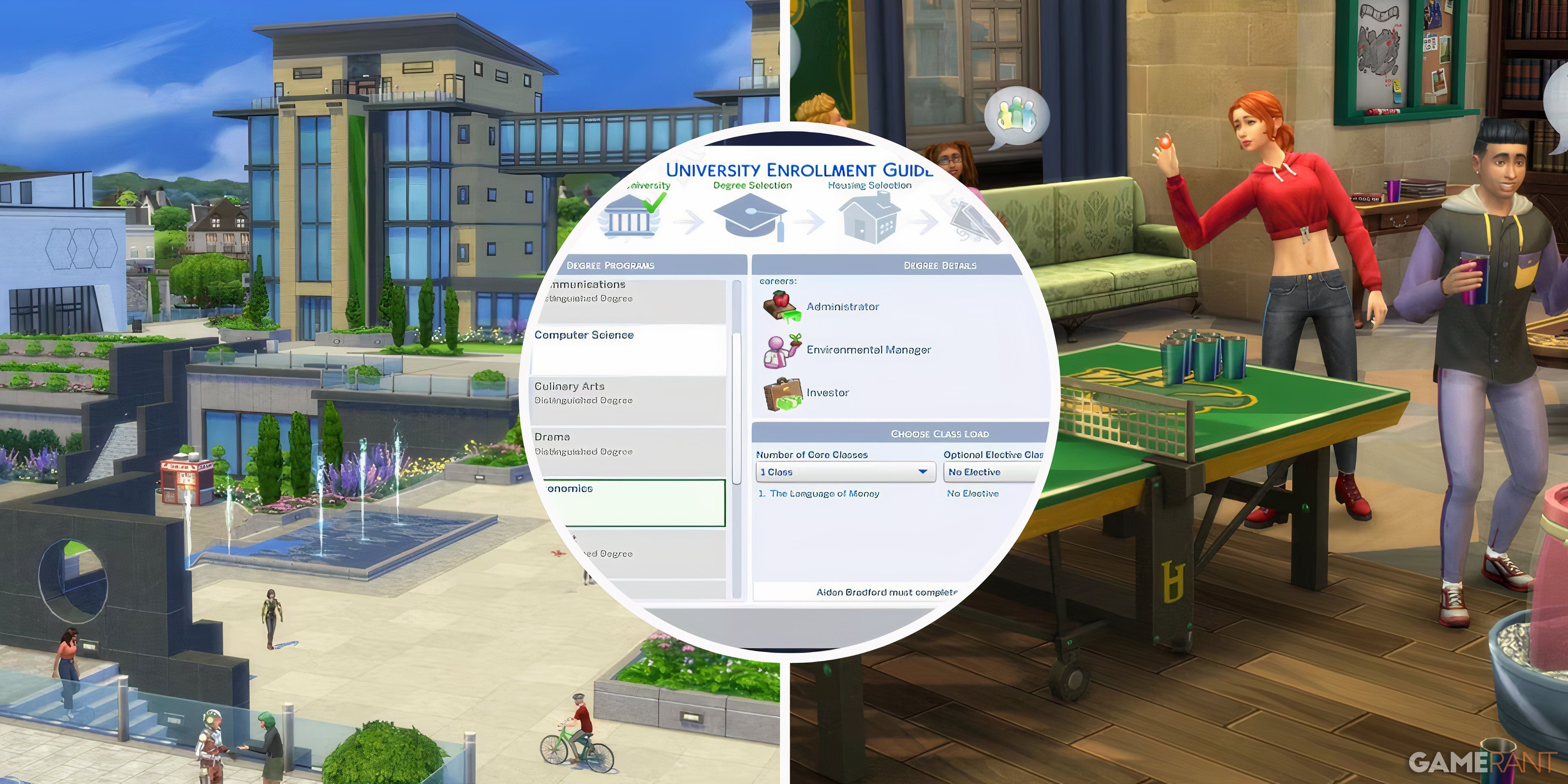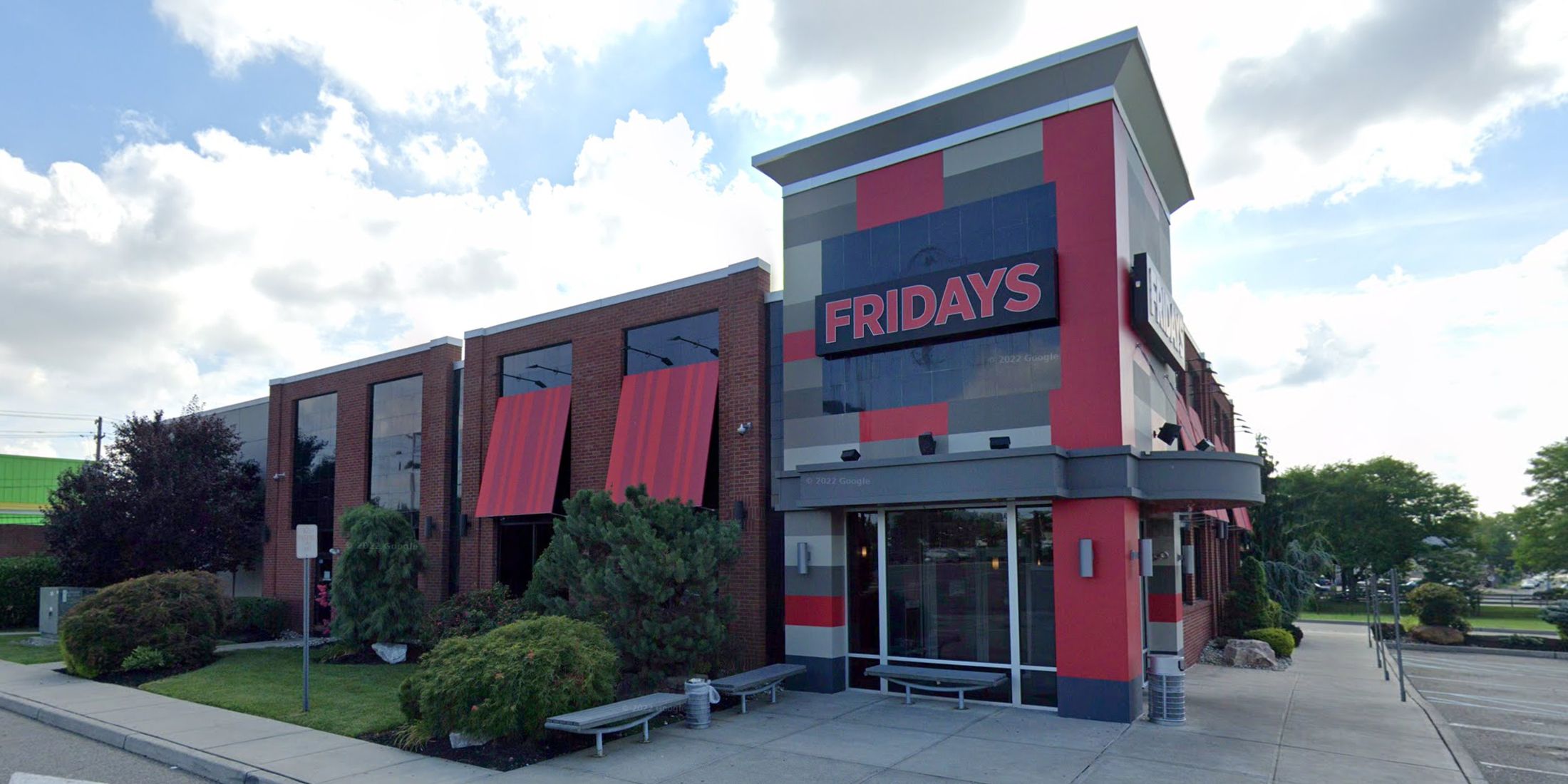Highlights
- Party composition is crucial in
Baldur’s Gate 3
due to the game’s adherence to
D&D
5e rules, as the wrong choices can lead to tough fights. - The flexible class system allows for interesting and optimized party builds, with various setups like Classic Baldur’s Gate, Back to Basics, Hunter’s Mark, and more.
- Players should experiment with different party compositions to find their preferred playstyle, whether it’s focusing on damage, healing, tanking, or magic, to create the perfect team for their playthrough.
Party composition remains essential in Baldur’s Gate 3, especially since it follows standard Dungeons & Dragons 5e rules. This means that a slip-up can cause entire party wipes. Moreover, the impractical choice of party members might make BG3’sD&D 5e-based experience a bit underwhelming for some players.
Baldur’s Gate 3: How To Change a Character’s Spells
This is how the player can change a character’s spells in BG3.
Thankfully, BG3 and its Early Access experience allowed players to have a glimpse of what encounters might feel like with various party compositions. The flexible Class system in BG3 can pave the way for some interesting, optimized, and even overpowered party builds. Here are some party setups players might want to try out in their playthrough:
Updated on December 7, 2023, by Megan Smith: Baldur’s Gate 3 offers true freedom to players. Not only is multiclassing available in the game, but it’s also possible to respec any companion into any class they wish for a cost by speaking with Withers. This means that only the sky is the limit when it comes to making interesting party compositions. Some comps are built for efficiency, others are centered more around a specific theme or interesting interactions. Whatever the player’s main motivation is, it’s always a good idea to experiment with a few silly and powerful combos in the game.
19 Mono-Class Party (Full Party Of One Class)
Cue The Chaos And Hilarity
- Any member, respec to a chosen class
With how much freedom players have in Baldur’s Gate 3 through multiclassing and respecing, there’s no reason to stick to traditional or even conventional party setups. Sometimes, it’s simply more fun to go for something completely unexpected and silly, such as a party of four Bards for example. The idea first rose to massive popularity when a viral video by Okoii featuring four Halfling Barbarians spread on YouTube.
Even the “weaker” classes, when multiple of them, can be extremely potent. Players can go for a full-on melee party with Barbarians or Fighters to demolish their enemies, or gather a group of Wizards to light the battlefield with a flurry of spells.
18 The Emperor Palpatine Party
Water With Lightning
- Shadowheart (Tempest Cleric)
- Gale (Storm Sorcerer)
- The Player (Sorcerer-Paladin with focus on Storm Sorcerer)
- Lae’zel or Karlach (Barbarian, Fighter, or Monk)
There’s great synergy between various elements in Baldur’s Gate 3, such as water and lightning. This combination is so powerful, that targets who have the Wet status receive twice as much damage from any source of Lightning damage.
For this party, three out of four party members will focus on dealing Lightning damage. Shadowheart can remain as a support, but spec into Tempest Cleric, which gives access to very powerful Lightning spells and reactions. Storm Sorcerer is the perfect option for Gale, with far more power than a simple Wizard. The player should opt for a Charisma character like a Sorcadin, with a focus on Storm Sorcerer as well. The last slot is for a melee character and is relatively free, but whoever is put in should have Lightning resistance as any surface will likely become Electrified with this party composition.
17 Necromancy Party
Raise The Dead
- Shadowheart (Cleric-Wizard, specialized in Necromancy)
- Halsin (Spore Druid)
- Karlach (Wildheart Barbarian)
- The Player (Warlock-Paladin, Oathbreaker)
This party composition is credited to Reddit user hearthebeard and plays into a theme of necromancy and having plenty of summons. It utilizes some of the lesser well-known classes and sub-classes in the game, which is why it can be a nice way to spice up gameplay for those who are tired of the usual meta compositions.
What’s even cooler is that players can include camp members here who would normally be considered good, like Halsin and Karlach. Of course, anyone can be respeced freely in the game, but if going by character designs and themes, having Halsin as the Spore Druid and Karlach as the Wildheart Barbarian just works. Players will take advantage of various summons and controlling zombies with this party composition. The more the merrier.
16 This Is Our Getting Along Party Setup (Druid, Paladin, Fighter, Sorcerer)
Plenty Of Multiattacks And The Support Of Divine Smite
- Minthara (Paladin)
- Halsin (Druid)
- Lae’zel (Fighter)
- The Player (Sorcerer)
As the name of this BG3 party build suggests, these characters usually don’t get along very well, and this adventure may finally see them become eye-to-eye with one another. Naturally, Halsin doesn’t like Minthara for trying to attack the grove and players need to work to receive Lae’Zel’s approval.
Besides the story point of view of this party composition, combining these four classes together shows great promise. First, all of them but the Sorcerer, can attack multiple times. They can also easily hold their own, especially if Halsin wild shapes into an owlbear that has a lot of health to spare and hits hard.
15 Classic Baldur’s Gate (Ranger, Druid, Wizard, Fighter)
A Good Balance Of Everything That Covers All Ranges
- Minsc (Ranger)
- Jaheira (Druid)
- Gale (Wizard)
- The Player (Fighter)
Players who have enjoyed any of the past Baldur’s Gate titles will love this party setup as it requires the aid of two fan favorites from the old games. In BG3, the player can recruit both the Ranger Minsc and the Druid Jaheira to their team. Both of them are capable fighters who are sure to feel familiar to those who have enjoyed the franchise for a long time while also creating a great team composition for future acts.
The player will be required to be the main tank of the group and therefore will need to choose a class such as Fighter to have a chance of surviving on the battlefield. Meanwhile, Gale can aid the team from afar through his mix of damage and support spells.
14 Back To Basics (Fighter, Cleric, Rogue, Wizard)
An Abundance Of Healing And Damage
- Lae’zel (Fighter)
- Astarion (Rogue)
- Gale (Wizard)
- The Player (Cleric)
It’s never wrong to rely on the basics. As with most RPG setups, a party composed of a tank, a pair of melees, and magical DPS, as well as a healer, won’t go wrong – and the same works with BG3. Instead of Shadowheart, players should opt for a Light Domain Cleric to gain access to decent healing Spells as well as buffs. Meanwhile, Lae’zel (Battle Master) can dominate the battlefield by controlling the flow of melee combat.
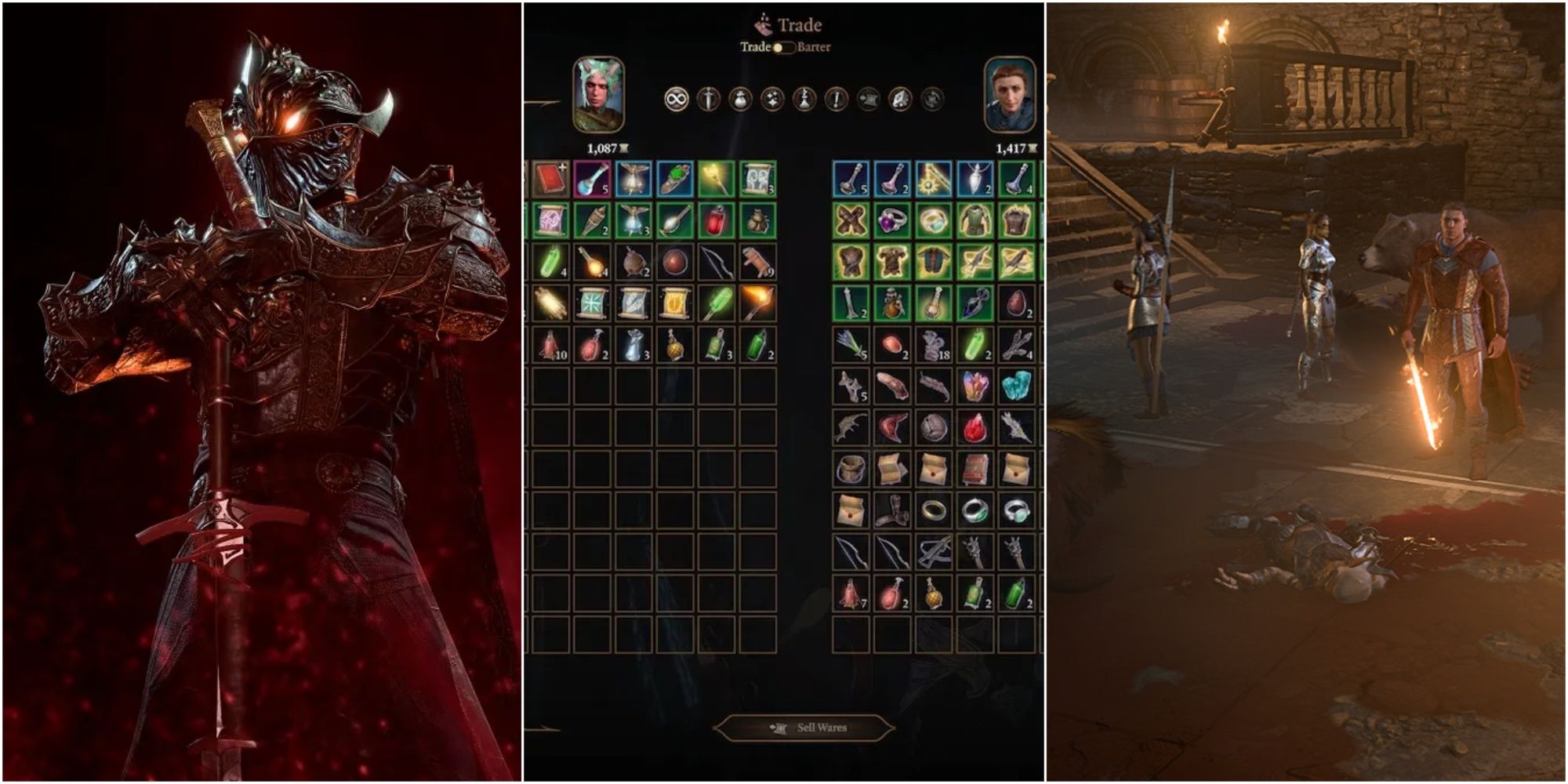
Baldur’s Gate 3: 8 Hidden Mechanics Players Might’ve Missed
There are many hidden mechanics in Baldur’s Gate 3 that players might not have heard of until now.
Meanwhile, Astarion (Thief) easily boasts high DPS, especially with Sneak Attacks. Lastly, Gale (Wizard) can fit into multiple builds, especially given the Wizard’s flexible arsenal of Spells. Gale can set up battles by creating surfaces or punish enemy groups with AOE.
13 Hunter’s Mark (Ranger, Cleric, Rogue, Wizard)
Focuses On Singluar Targets First
- Astarion (Rogue)
- Shadowheart (Cleric)
- Gale (Wizard)
- The Player (Ranger)
Players who want to maximize damage over any distance might want to pair Astarion (Thief) ‘s devastating Sneak Attacks and overall DPS with a versatile Ranger. That way, the Ranger can complement Astarion’s melee damage with their own long-ranged DPS specialization. Additionally, a Ranger with an alternate pair of dual-wielded weapons can easily switch to melee should the need arise.
Moreover, Gale (Conjuration) can ensure that allies won’t get hurt with his AOE Spells, leaving players with more room to play around with mobility. Lastly, Shadowheart (Trickery Domain) remains reliable with her range of healing and support Spells.
12 The Bodyguard (Melee, Cleric, Warlock, Wizard)
The Melee Fighter Is A Powerful Tank
- Lae’zel (Fighter)
- Wyll (Warlock)
- Gale (Wizard)
- The Player (Cleric)
Players might try their hand in a party largely devoted to long-ranged tactics, with a bodyguard to protect them. Essentially, Lae’zel as a Fighter with the Battle Master as a versatile Subclass works best to tank for such a party, especially when buffed by a Light Domain Cleric. That way, the Battle Master can demolish most enemies before even getting to the party.
A Warlock and Wizard tandem can pepper through enemy forces with their mix of single-target and AOE Spells. The quick-fire nature of the Warlock and the meticulous versatile Spells of the Wizard work well to achieve this type of play.
11 Heavy Hitters (Barbarian, Fighter, Monk, Cleric)
Each Class is Strong Individually But Stronger Together
- Lae’zel (Fighter)
- Shadowheart (Cleric)
- Karlach (Barbarian)
- The Player (Monk)
Looking for unfiltered rage and destruction, players should focus on a party with the main goal of hitting hard and worrying about actual tactics later. That being said, BG3 party composition is still incredibly important as even while using a Barbarian with the Berserker subclass, this unrelenting frenzy still needs support from ranged spellcasters as well as healers like the cleric.
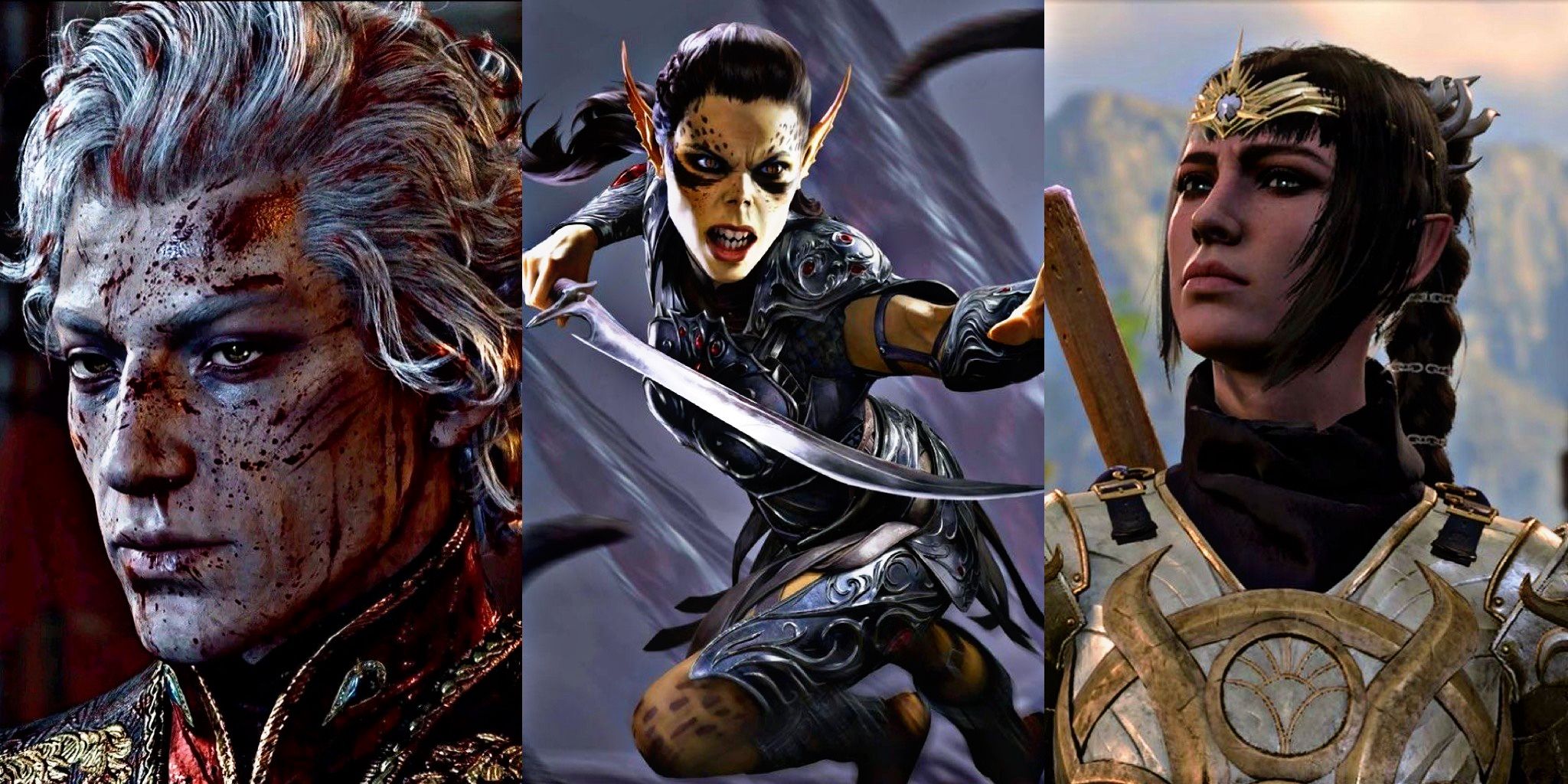
Baldur’s Gate 3: The Usefulness Of Every Companion, Ranked
Some companions are better than others in BG3.
Essentially, the party can be split into two teams, with Lae’zel focusing on one enemy with the player as a Monk supporting them. Meanwhile, Karlach, who’s a Barbarian, does the same with similar support from Shadowheart. A lot of the focus will be put on the Barbarian that needs to get hit, and therefore the Fighter is there to pick off any stragglers that attempt to harm the rest of the group.
10 Team Patrons (Cleric, Fighter, Druid, Warlock)
Even The Melee Members Have Magic
- Lae’zel (Fighter)
- Halsin (Druid)
- Wyll (Warlock)
- The Player (Cleric)
As Shadowheart is a Trickery Domain Cleric, some believe she doesn’t do her job well. Thankfully, a main character centered around the Cleric (Light Domain) build may help a party shine. The Light Domain equips Clerics with a decent range of buffing and healing Spells, as well as damaging Spells. Having this Cleric with a longbow can make for a Spellcaster that can dish out damage and support from a distance.
For added damage players could then recruit Halsin (Circle of the Moon) to be the main target for enemies. While transformed into a bear, Halsin gains a lot of defense while also hitting hard. This works well with Lae’Zel (Battle Master) dealing further up-close damage and Wyll (The Fiend) as the ranged DPS controller for the perfect BG3 party composition.
9 Holy Warriors (Paladin, Wizard, Cleric, Cleric/Paladin)
Radiant Damage Is Incredibly Lethal
- Minthara (Paladin)
- Gale (Wizard)
- Shadowheart (Cleric)
- The Player (Cleric or Paladin)
In contrast to the BG3 team composition of Team Patrons, the Holy Warriors have a heavy focus on the power of light to make a difference and defeat the forces of evil. Players will be relying on a Paladin to protect them from the majority of opponents in Baldur’s Gate 3, with Minthara being a perfect option. However, while this may be a holy team, players will have to do some unlawful things to recruit Minthara, and therefore it may be easier for the players themselves to take on the role of Cleric.
Unlike other teams, this party setup has the chance of receiving two Clerics, as players will also require the aid of Shadowheart. What makes this group so great is how they are all likely to defend themselves, minus Gale (Wizard) who will require defending while he deals a great amount of DPS damage.
8 The Adventurers (Charisma, Damage, Healing, Skills)
A Focus On Roleplaying Though Still Great Combatants
- Karlach (High Damage/Barbarian)
- Shadowheart (Healer/Cleric)
- Astarion (Skilled/Rogue)
- The Player (Charisma/Warlock or Bard)
Adventurers on a quest to obtain an ancient artifact might find themselves facing a ton of challenges. In fact, they may not be as “equipped” as others might be. Players who want a classic adventuring setup may want to lean away from Classes and instead focus on archetypes that can make combat and roleplay easier.
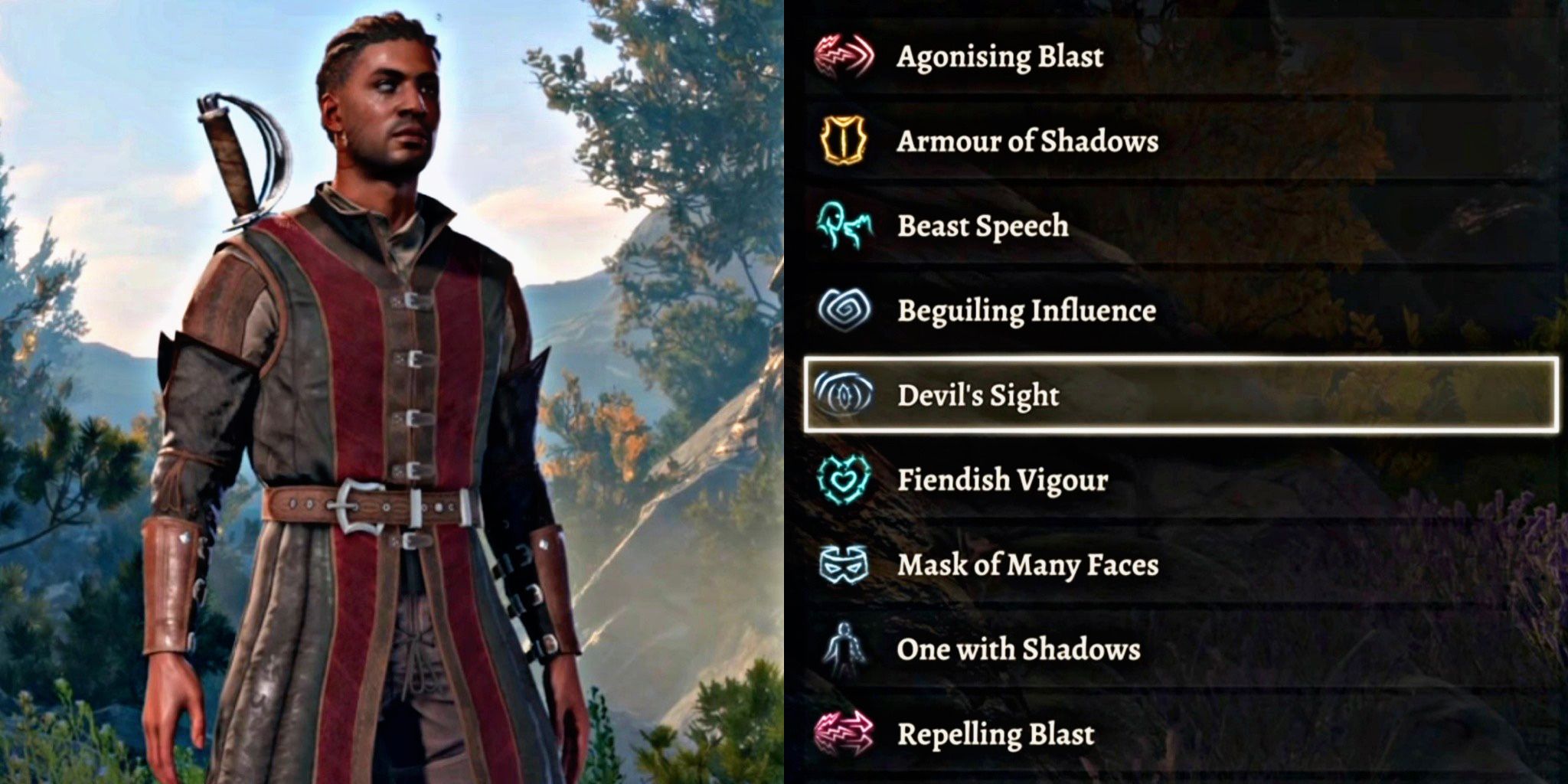
Baldur’s Gate 3: Best Eldritch Invocations
These are the best Eldritch Invocations in BG3.
Players should always dedicate a character for Charisma and Charisma-based Checks in order to excel in most dialogue options. Moreover, they should have a character with the most Proficiencies in Skills to navigate most environments. In terms of battle, the party should have a dedicated DPS and Healer in order to ensure their survival.
7 Traveling Circus (Fighter, Bard, Warlock, Wizard)
Many Buffs To Make Melee Stronger
- Lae’zel (Fighter)
- Wyll (Warlock)
- Gale (Wizard)
- The Player (Bard)
The idea of the traveling circus is the fantastical and the extraordinary, all of which are great describing words for classes that can cast spells. The bard’s role is to inspire the party to try their best through a well-placed tune that can improve Lae’Zel’s rolls during combat, especially as she will be expected to tank many of the hits available.
Players may wish to give their Fighter a hand with this by taking the College of Valour subclass that makes the Bard proficient in medium armor, allowing them to stand closer in battle. Wizards and Warlocks will give aid from a distance through either AOE damage or overpowered Eldritch Blast.
6 The Powerhouse (Fighter, Cleric, Rogue, Rogue)
Plenty Of Critical Hits And Having The Advantage
- Lae’zel (Fighter)
- Shadowheart (Cleric)
- Astarion (Rogue)
- The Player (Rogue)
Players call hacks whenever they see Rogues, as other players easily make OP builds with them. Interestingly, BG3 allows the same flexibility as Rogues. Pairing Astarion (Rogue) with another Rogue easily racks up melee DPS, especially when piling up Surprise Attacks, Sneak Attacks, and sheer mobility.
Likewise, the sheer stats and features that Rogues have allow them to make evasive tank builds, where they “tank” damage by actually avoiding most attacks. This party works well with Lae’zel (Fighter) as a traditional tank to distract enemies. Lastly, Shadowheart (Trickery Domain) can ensure the party survives.
5 The Pet Lovers (Druid, Ranger, Warlock, Wizard)
Summons Do All The Work
- Halsin (Druid)
- Wyll (Warlock)
- Gale (Wizard)
- The Player (Ranger)
Who doesn’t love pets? A great alternative to a simple Ranger would be a Ranger Beast Master, especially since the Giant Spider Companion easily gives the party a tank. As Larian has recently announced that Halsin will become a permanent party member for the group after Act 1, Halsin can instead become the tank of the group through his use of the Wild Shape ability.
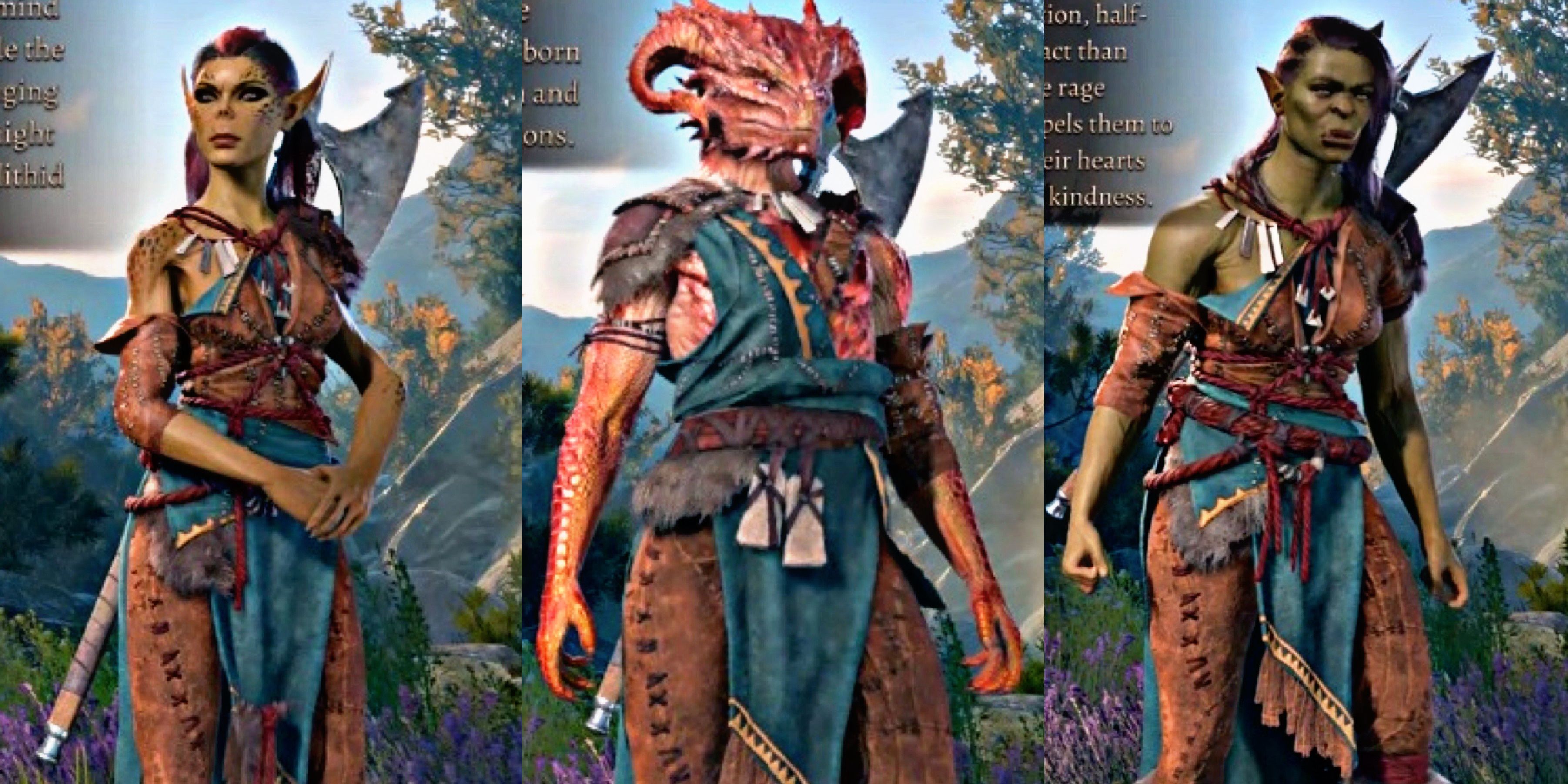
Baldur’s Gate 3: Race Tier List
Here are how the races in BG3 fare when ranked on a tier list.
In turn, this party can have its other members focus on various useful Spell strategies. For instance, Wyll (Warlock) can focus on single-target damage, while Gale (Wizard) focuses on obliterating enemies via AOE. Later into the game players will discover the possibility of recruiting Minsc, a ranger from the past Baldur’s Gate titles, until then a player may decide to use Lae’Zel or instead use co-op.
4 All Ranged (Fighter, Ranger, Warlock, Wizard)
A Party That Destroys From Afar
- Lae’zel (Fighter)
- Wyll (Warlock)
- Gale (Wizar)
- The Player (Ranger)
Players fighting dangerous enemies and powerful bosses might want to keep their distance as much as possible. Thankfully, they want to try a ranged-focused build to pull this off. Essentially, their Lae’zel (Fighter) should specialize in the Archery Fighting Style to gain a ranged bonus. This Fighter, paired with a Ranger (Hunter), brings in the most ranged physical damage in-game.
Wyll (The Fiend) and Gale (Wizard) will likely excel switching up the battlefield with surfaces and other ranged effects. However, players should note that this build does lack a Healer, so they better stock up with their healing Spells, healing Scrolls, and healing potions.
3 Nature’s Blessing (Druid, Barbarian, Ranger, Monk)
Elemental Damage And Brute Force
- Halsin (Druid)
- Karlach (Barbarian)
- Minsc (Ranger)
- The Player (Monk)
As the name suggests, Nature’s Blessing takes all the party members and classes that have a nature theme to them and puts them together to form a group of adventurers who hope to protect the forest and the people in it. Naturally, this means recruiting a Druid like Halsin who will become the team’s magic-wielding tank. Minsc can then be recruited again to become the ranged DPS of the group, although his subclass isn’t known, he’ll likely be a Beast Master.
Players will take on the role of the Monk, a class that only was added during the full release of the game, where players could take the subclass of the Way of the Four Elements to keep the nature theme. Karlach’s subclass is yet to be known, though a Barbarian is an ideal pick for this composition with a nature-oriented feel that is sure to leave foes blundering.
2 All Magic (Spellcaster, Cleric, Warlock, Wizard)
Plenty Of Spell Slots To Spend On Deadly Magic
- Shadowheart (Cleric)
- Wyll (Warlock)
- Gale (Wizard)
- The Player (Any Spellcaster, likely another Cleric)
Players who want a dash of magic into their build might want to focus on an all-Spellcaster Party. Essentially, this build focuses on dishing out as much magic as possible to eliminate opponents as soon as possible. In this regard, a magic-oriented tank such as Lae’zel (Eldritch Knight) might help in this regard.
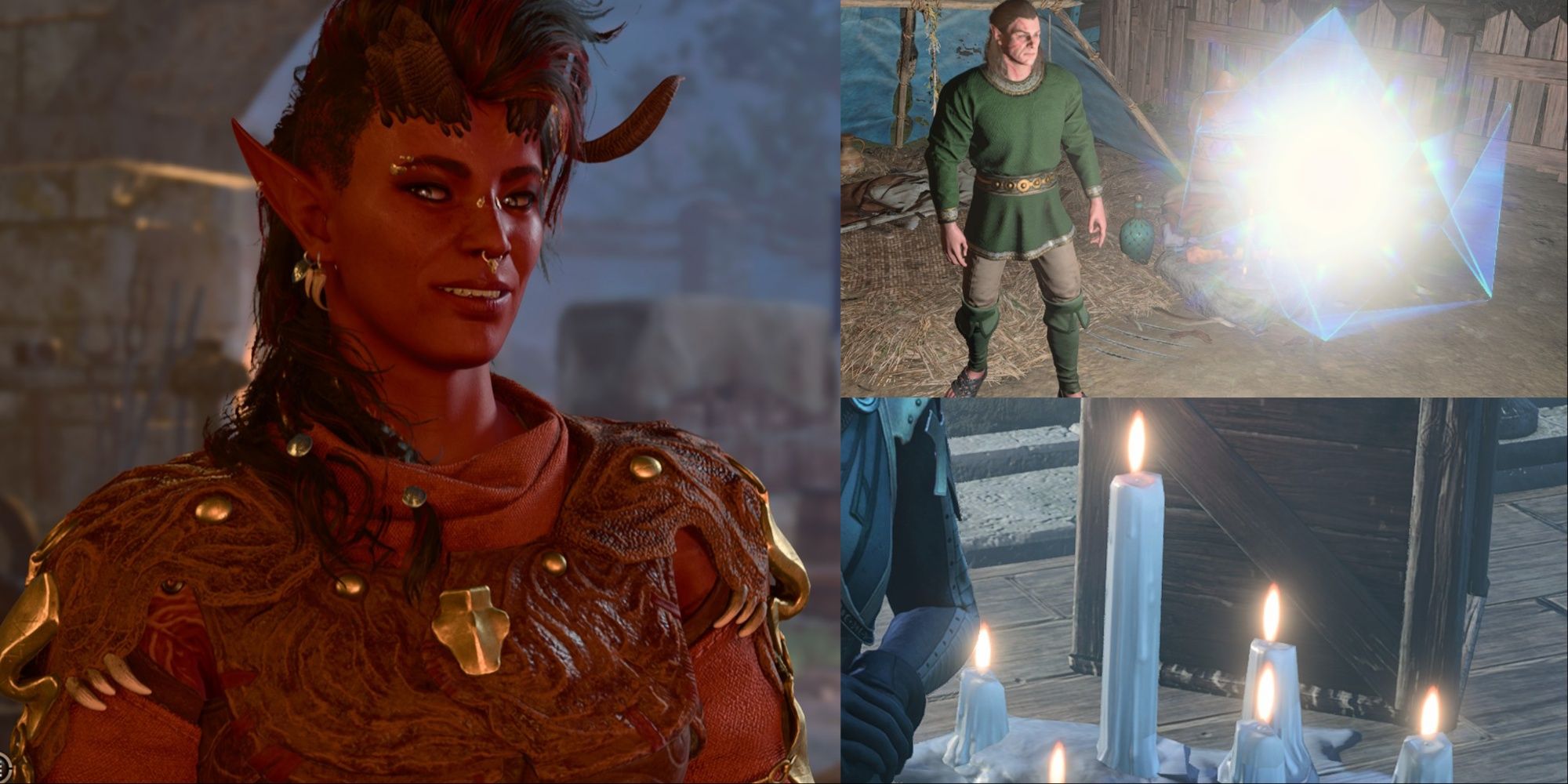
Baldur’s Gate 3: 7 Unconventional Item Uses You Didn’t Know About
Baldur’s Gate 3 gives players plenty of opportunities to use various items in unexpected ways.
Wyll (Warlock), Gale (Wizard), and Shadowheart (Tempest Domain) already have interesting utility, damage, and healing Spells that synergize well in a Spellcaster-focused build. However, players need to ensure that their original character is able to back up the party on the tanking end or at least have enough Cantrips, especially since they will want to preserve their Spell Slots.
1 All Melee (Melee, Cleric, Fighter, Rogue)
Melee DPS Over Magic
- Shadowheart (Cleric)
- Lae’zel (Fighter)
- Astarion (Rogue)
- The Player (A DPS Fighter)
Players who want a more direct approach to combat might appreciate a straightforward all-melee build. Essentially, companions such as Lae’zel (Battle Master) and Astarion (Thief) work best in melee, thanks to the Fighter’s high AC and the Rogue’s incredibly high damage output. Additionally, Shadowheart (Trickery Domain) not only offers decent buffs, but she can hold out her own with Cleric weapons and armor.
The player character should probably be melee-centric as well. Aside from a second Fighter or Rogue, a Ranger might become a decent choice. Aside from their decent melee combat DPS, alternating between a melee build and a DPS build can ensure safety in times of emergency.
